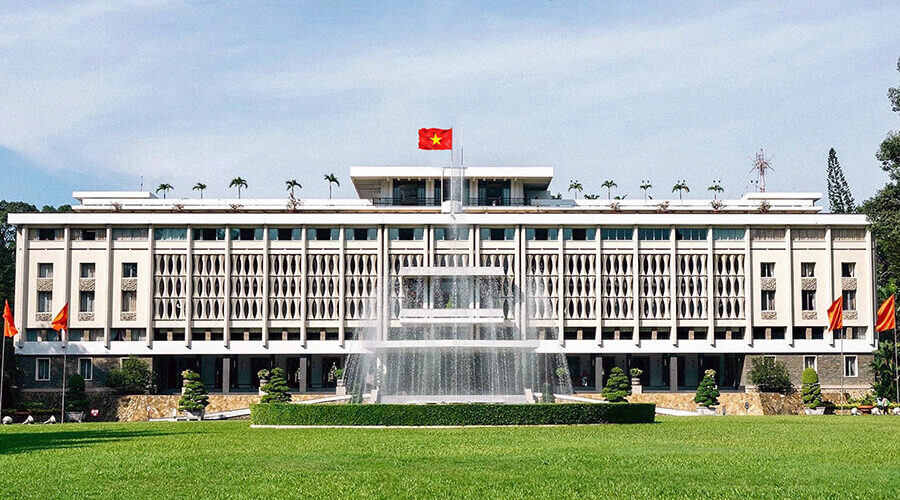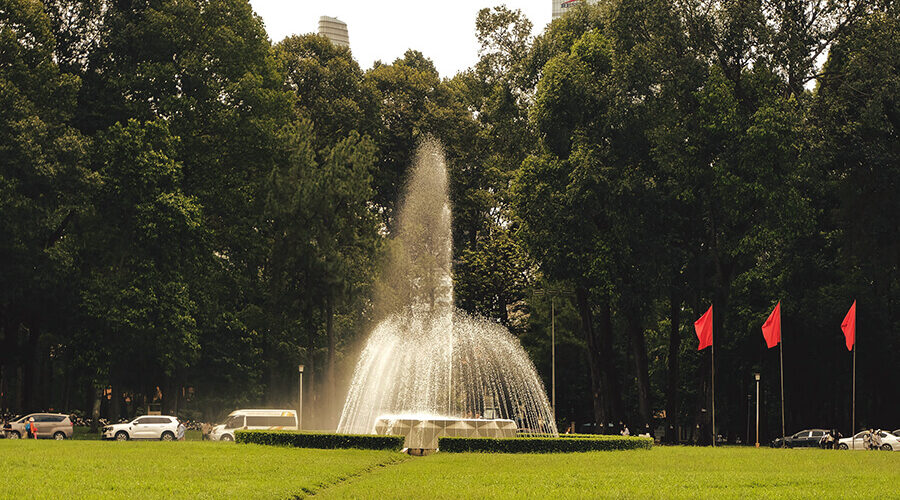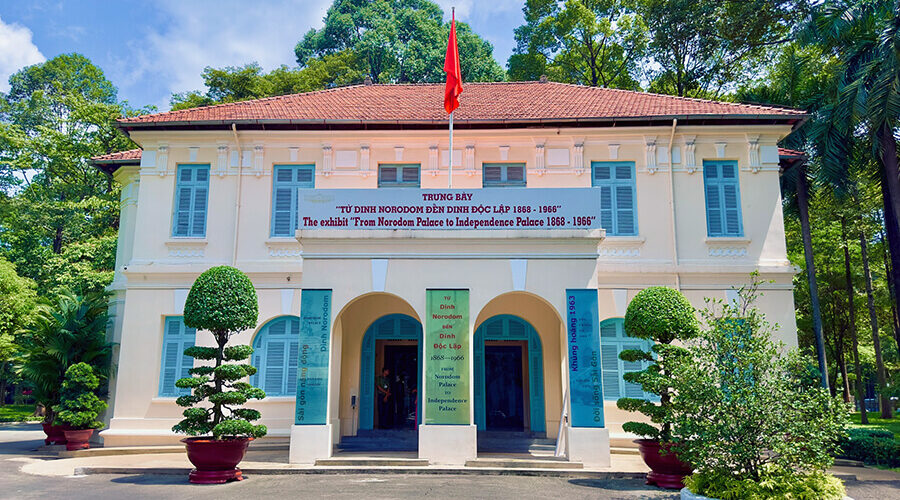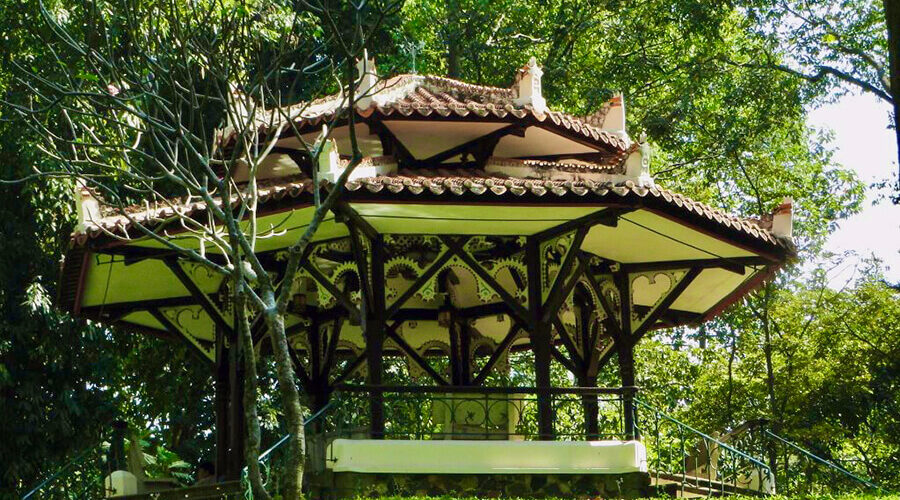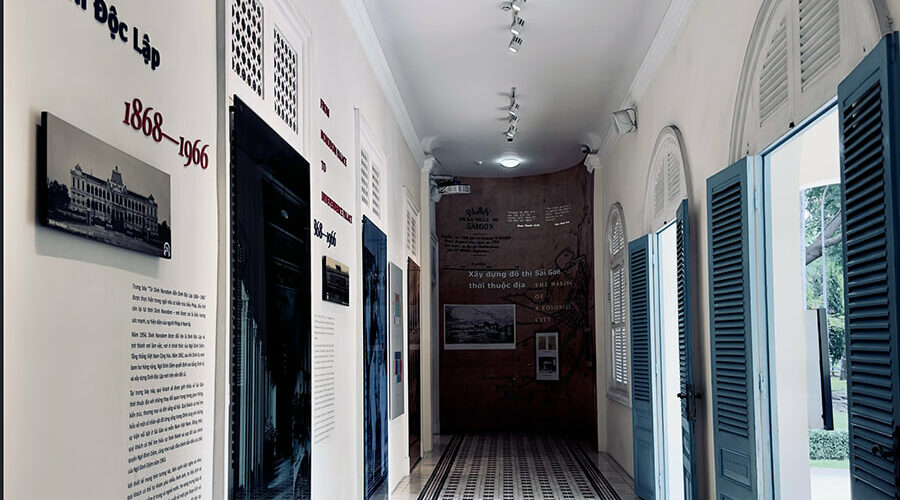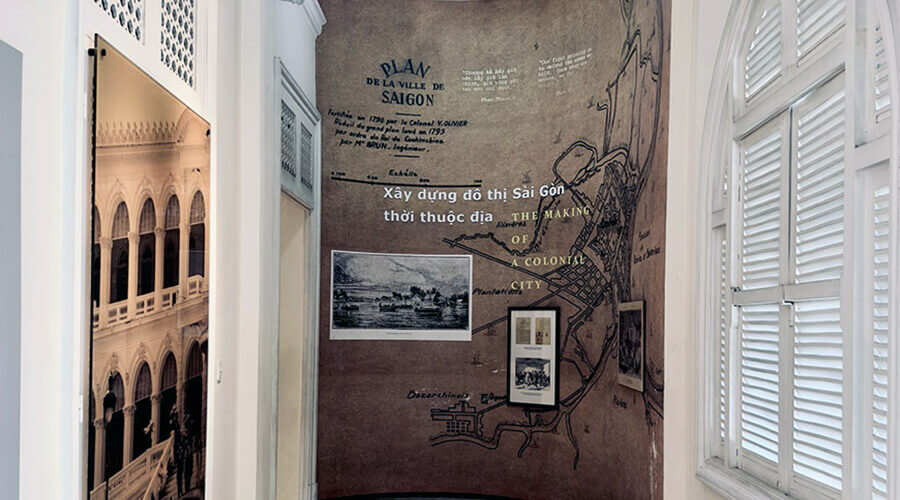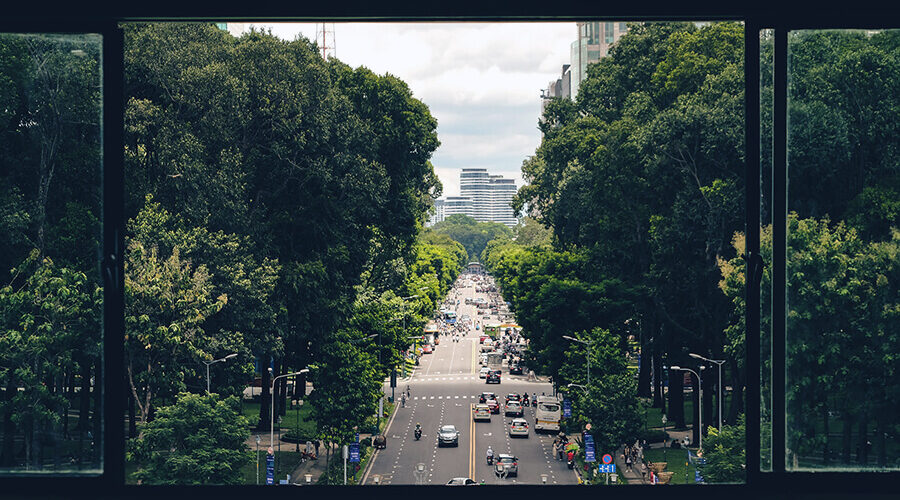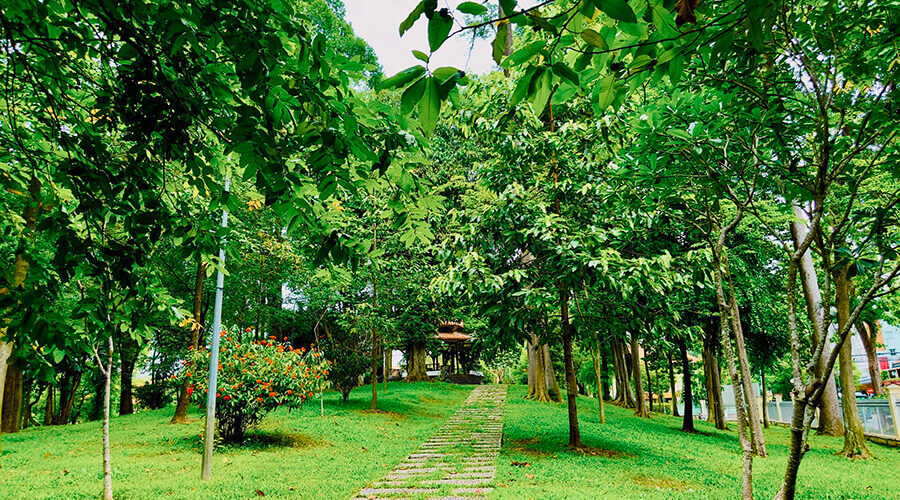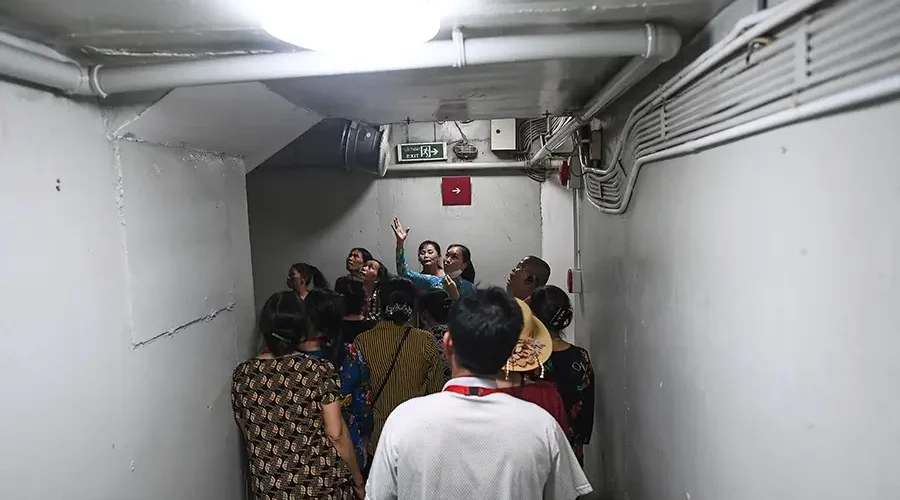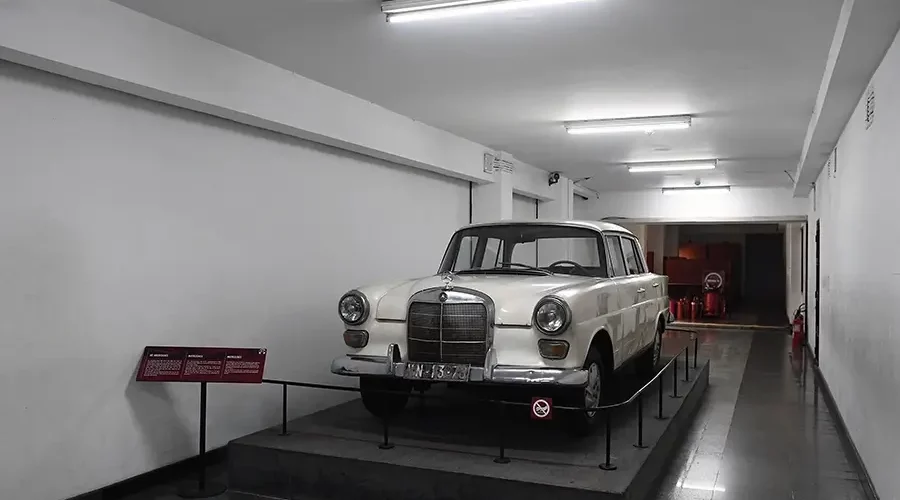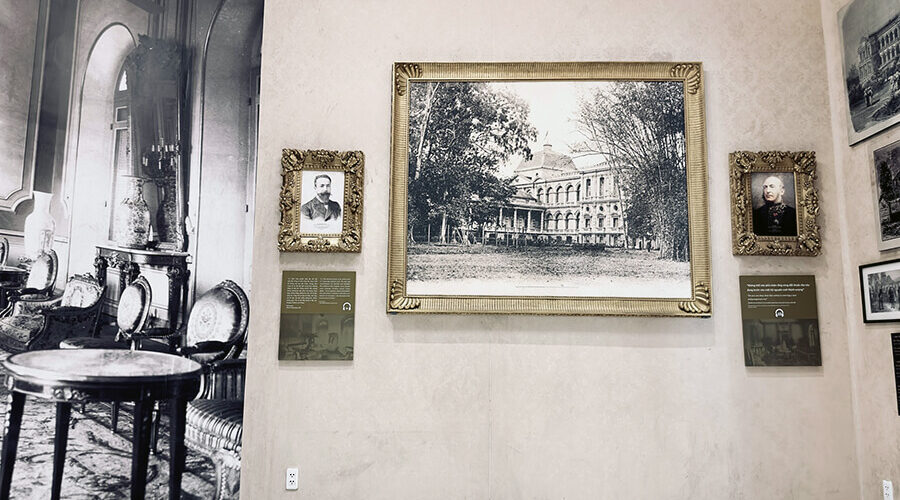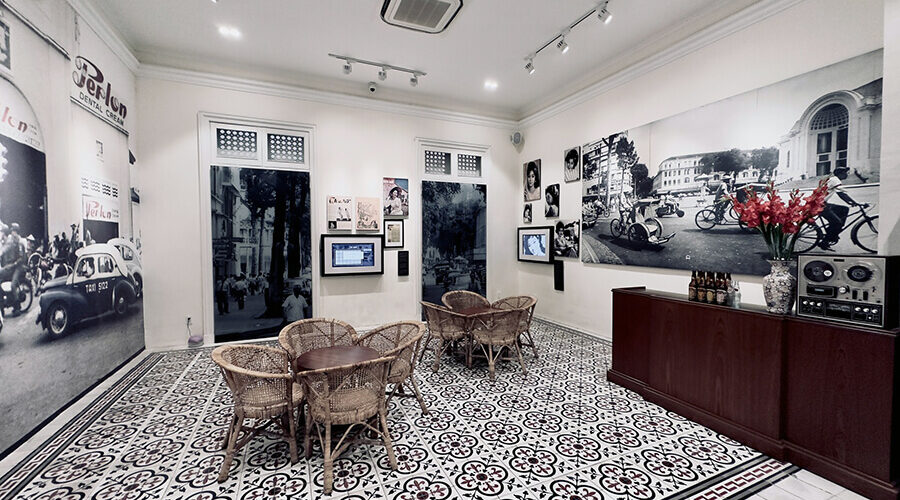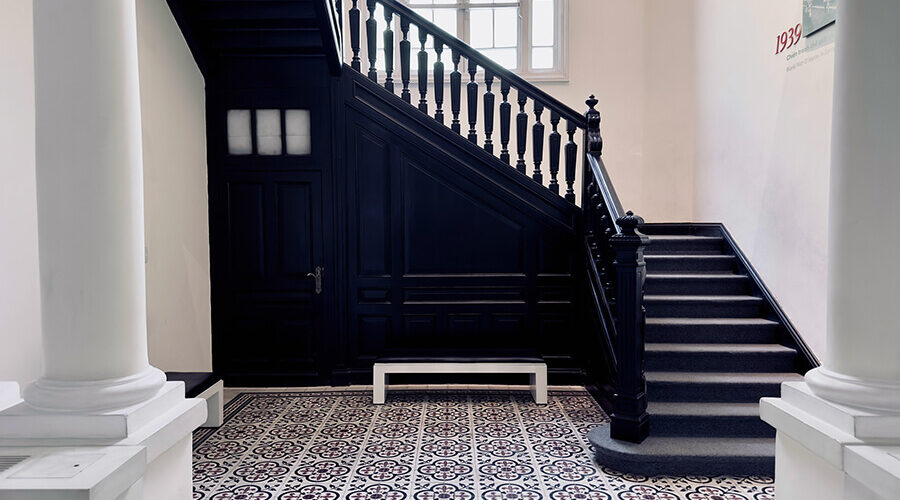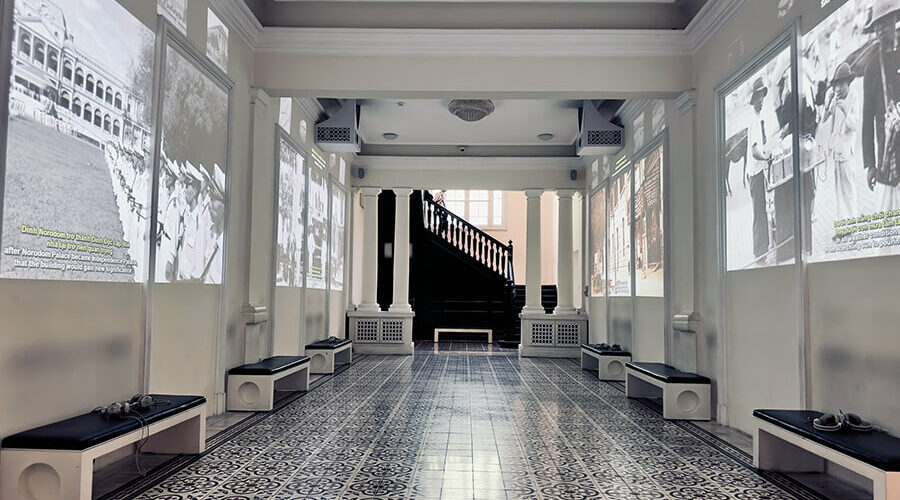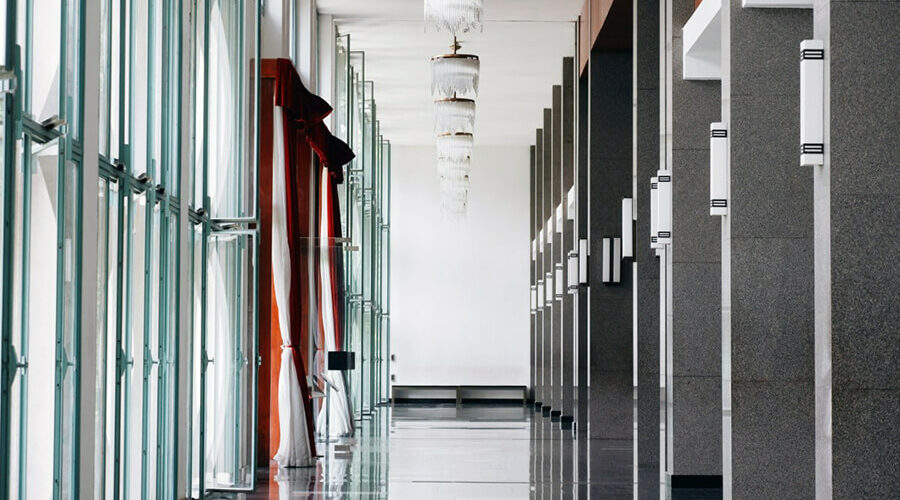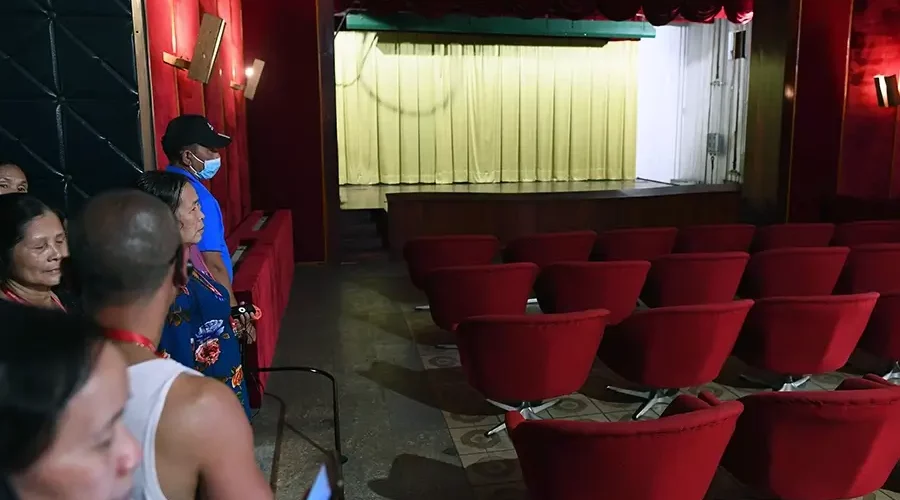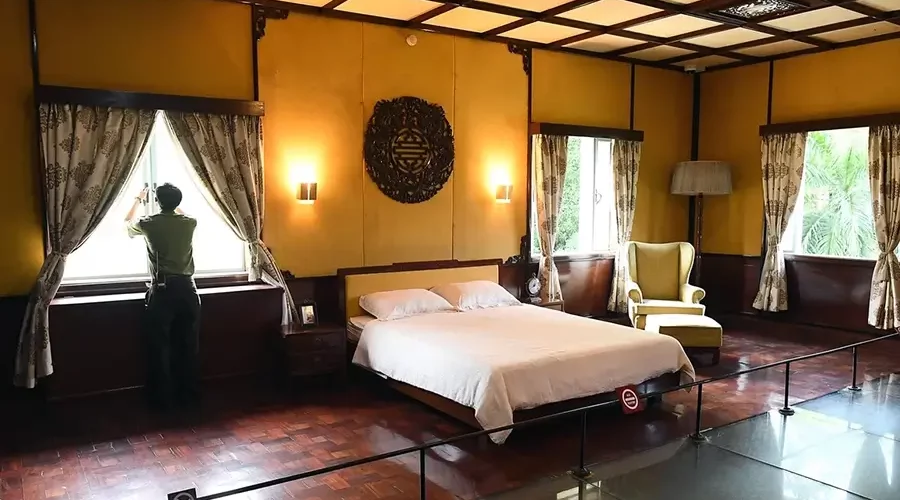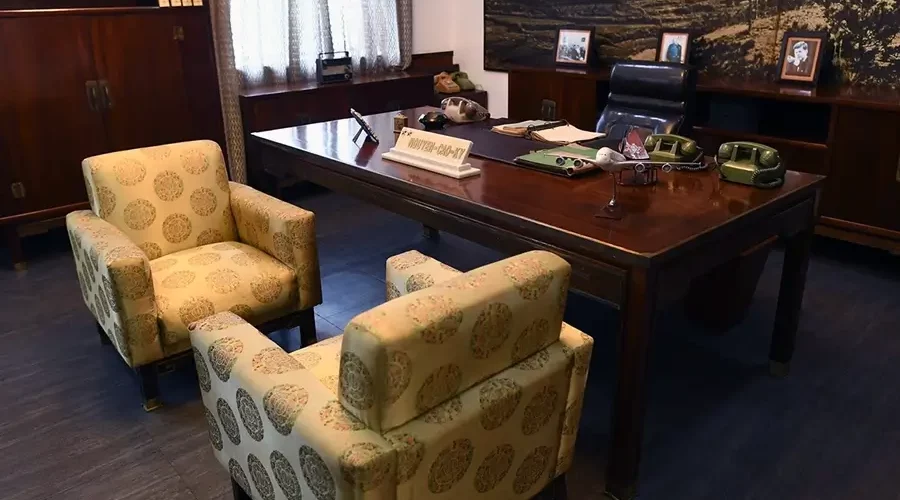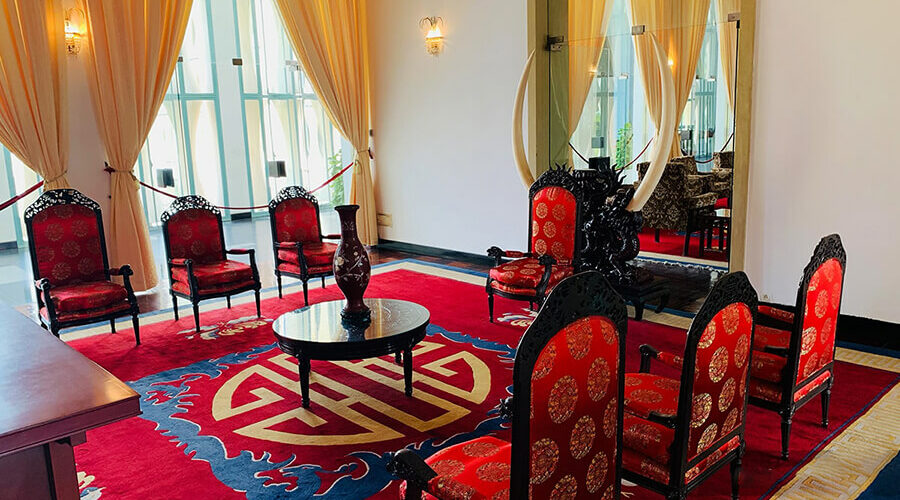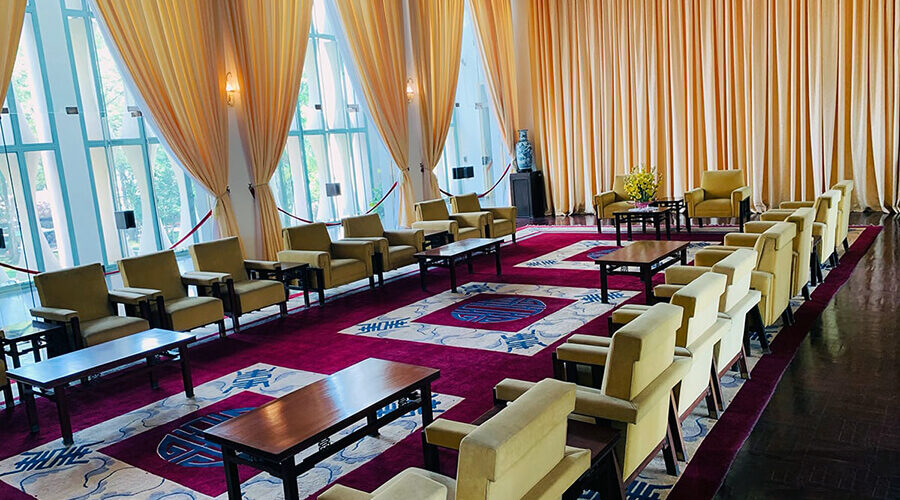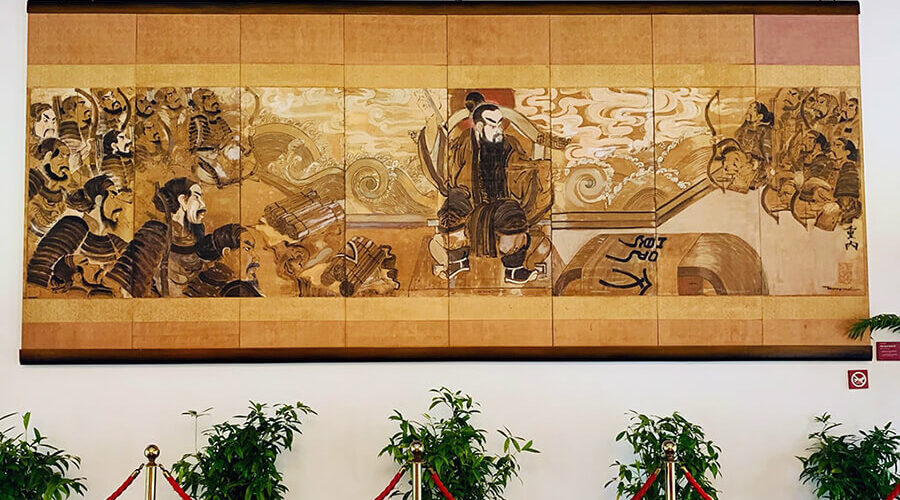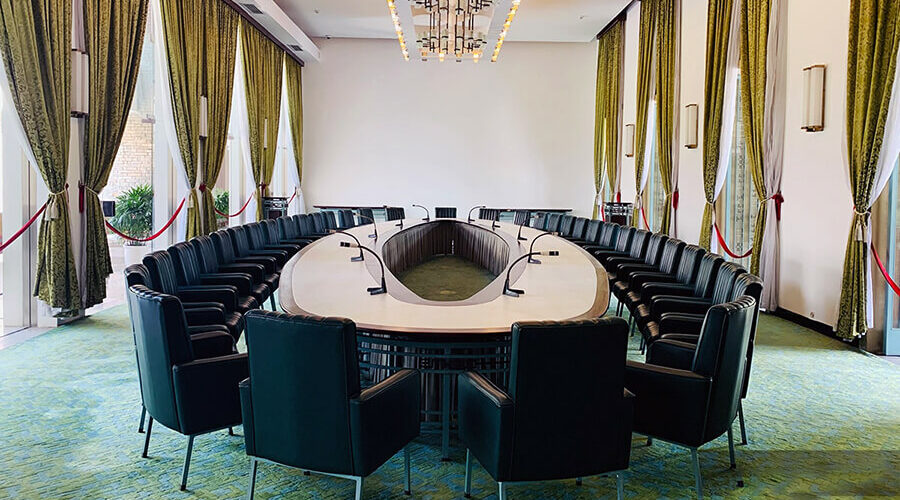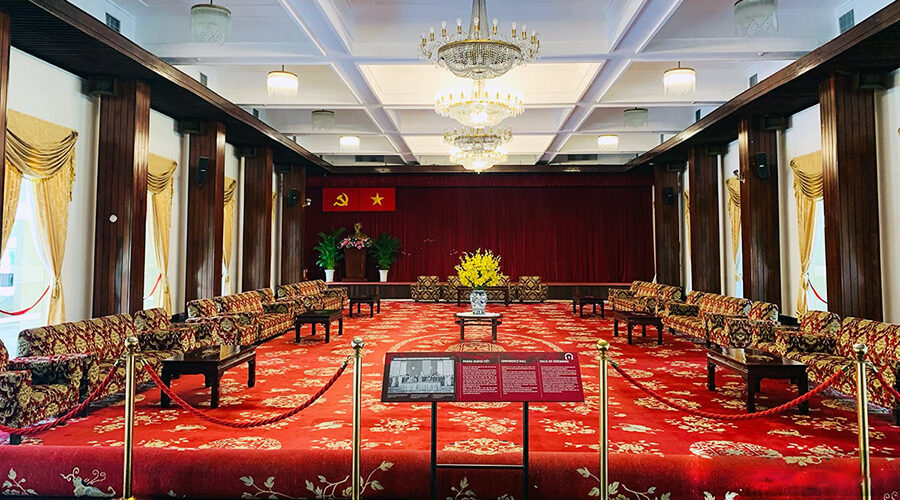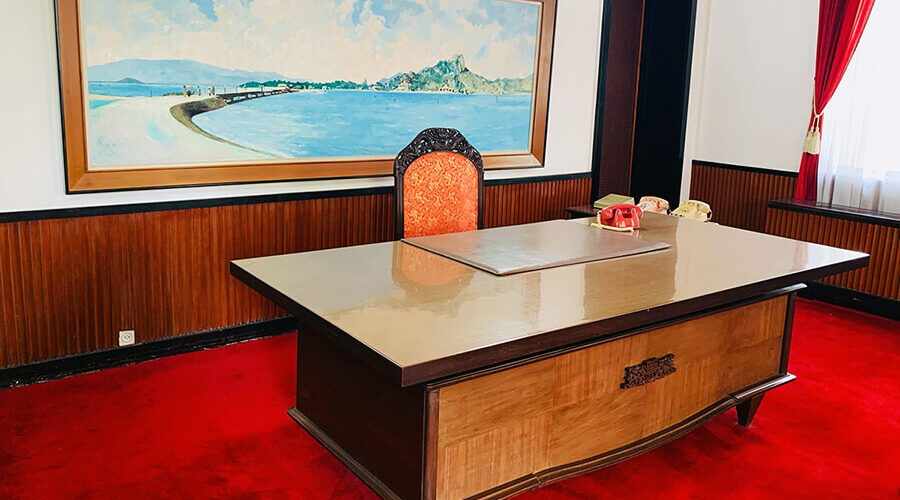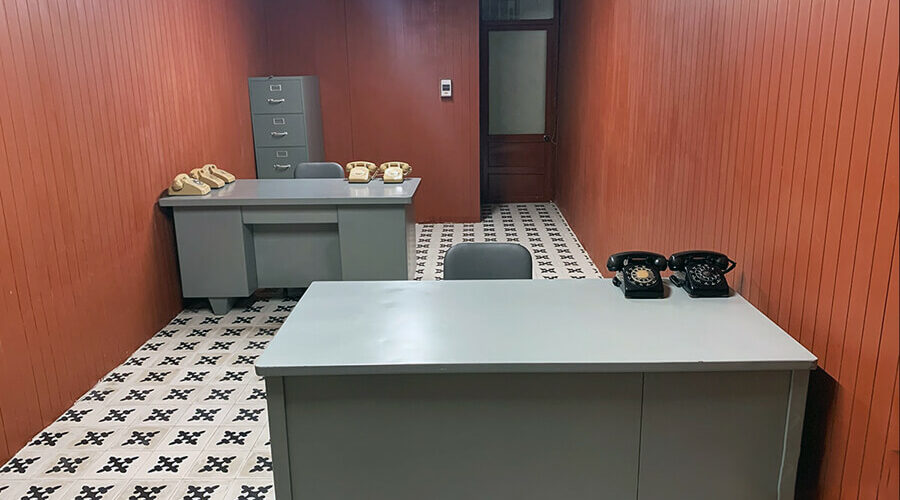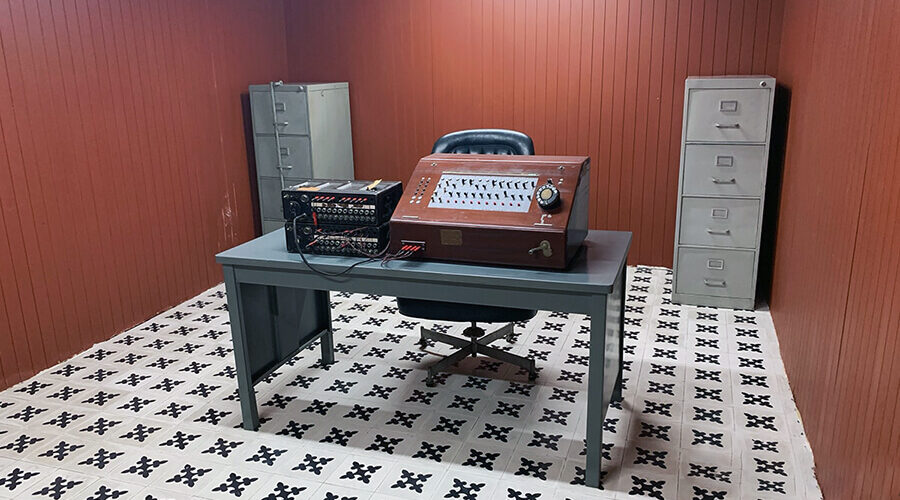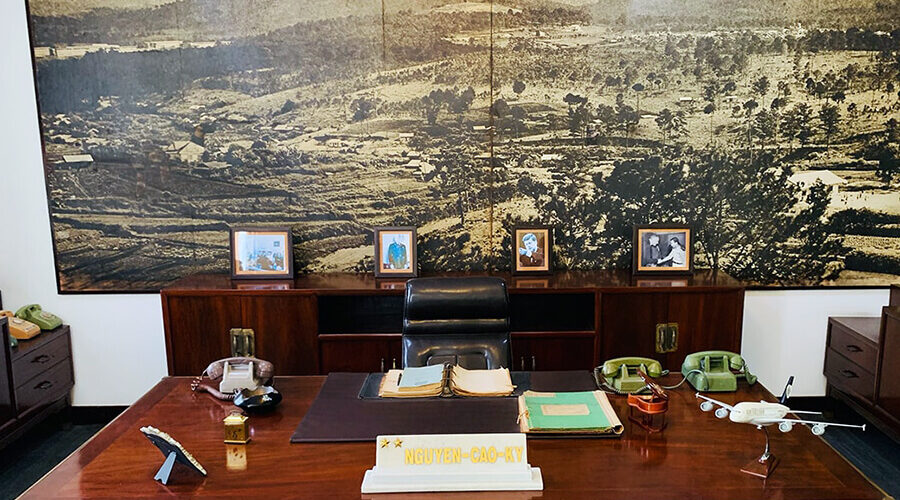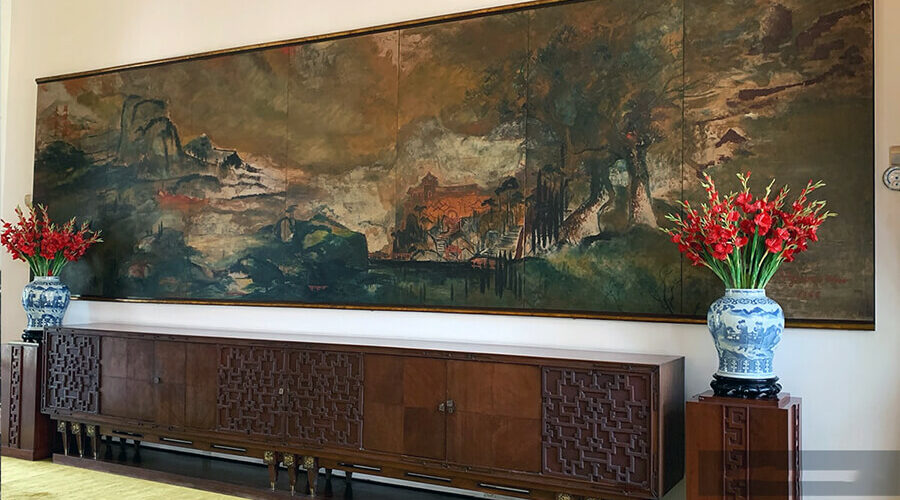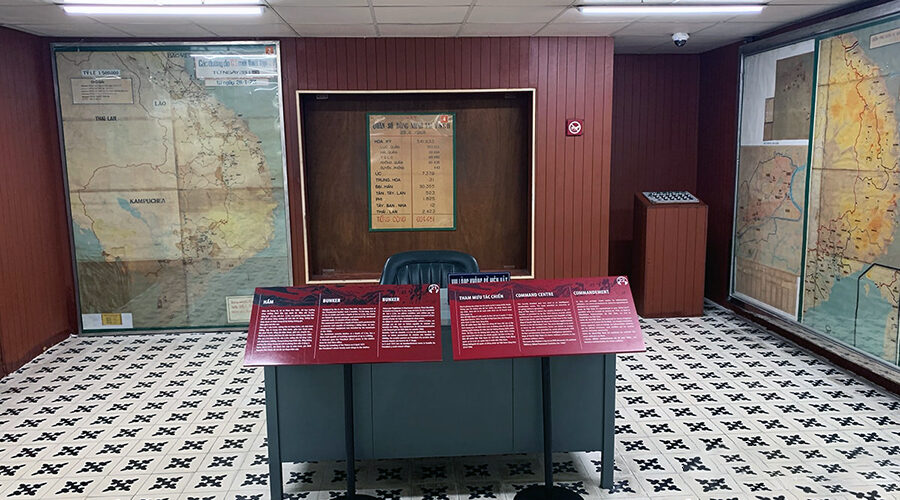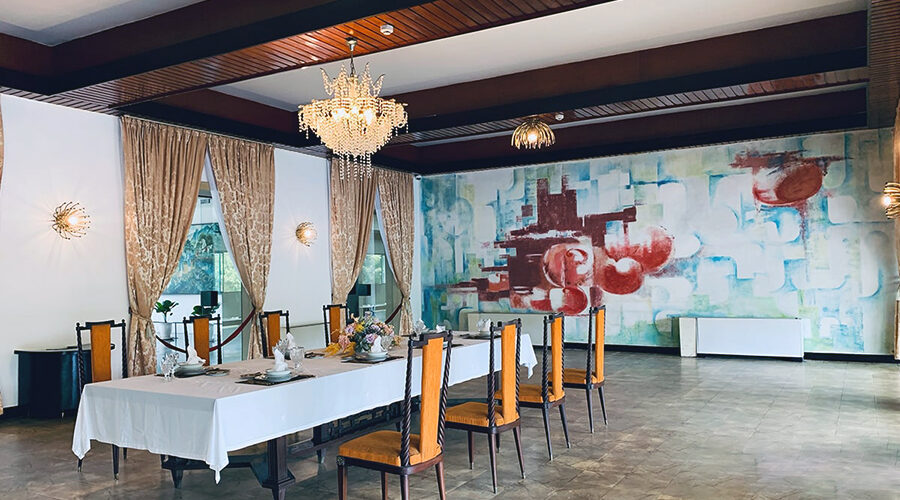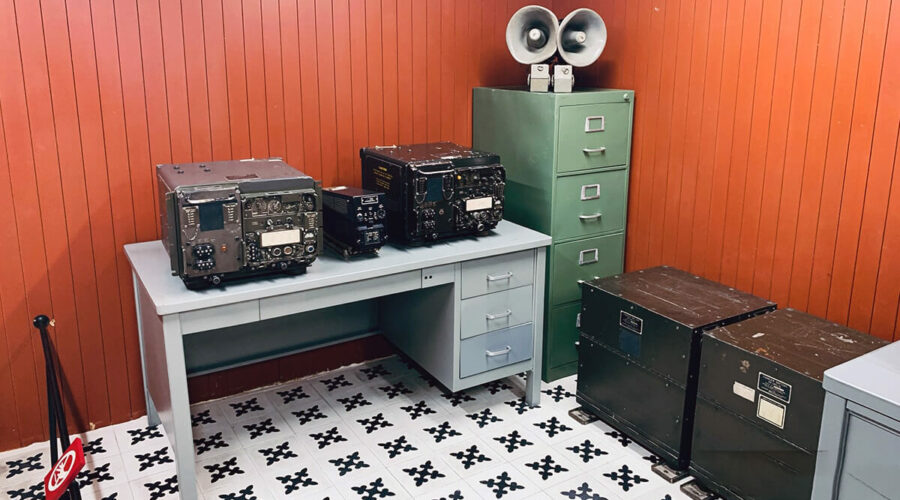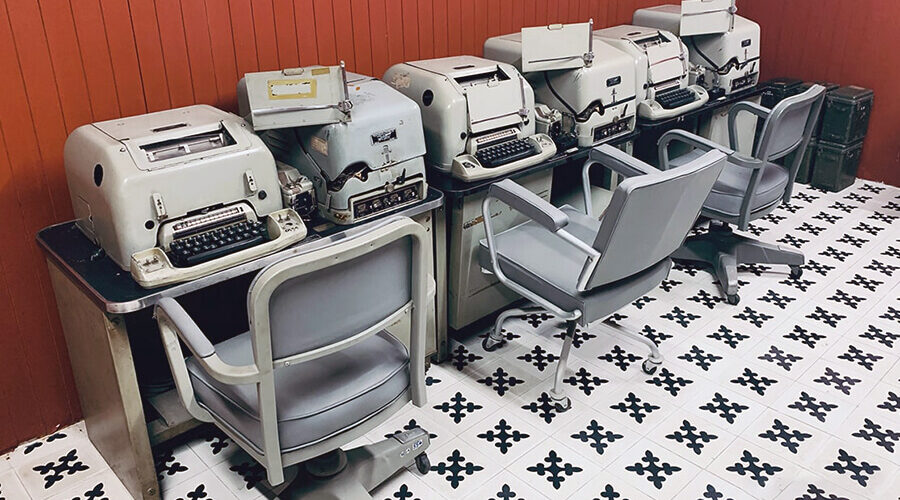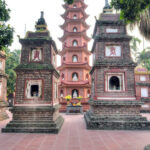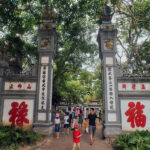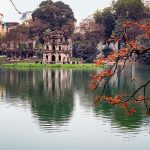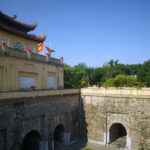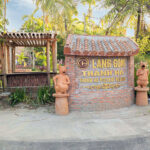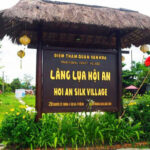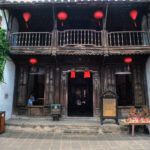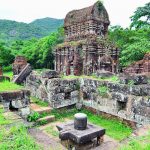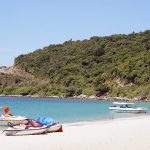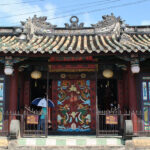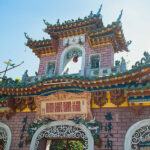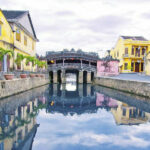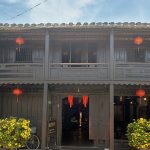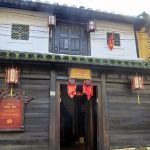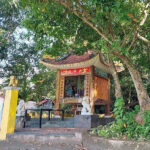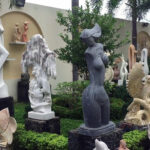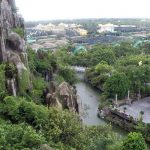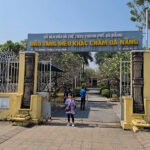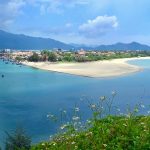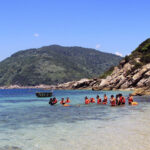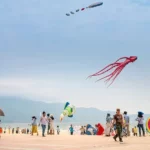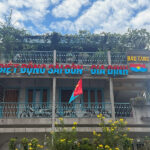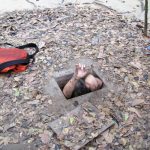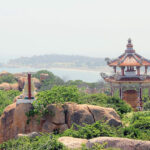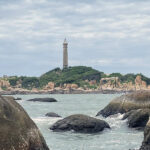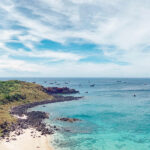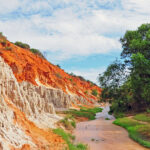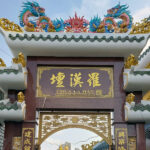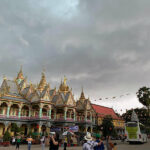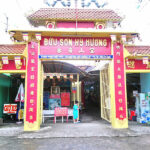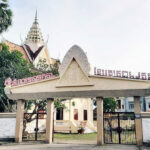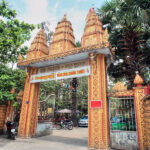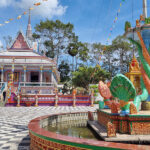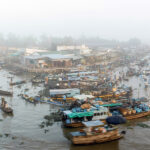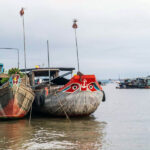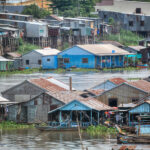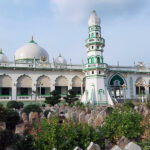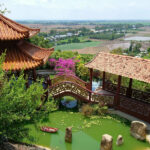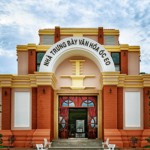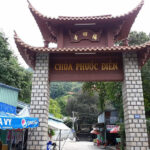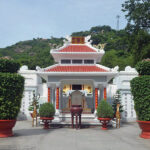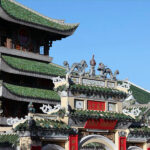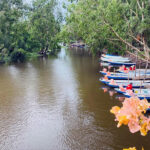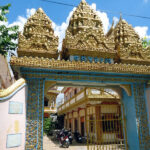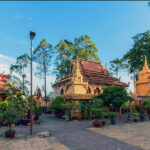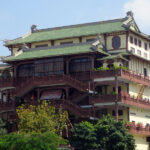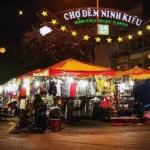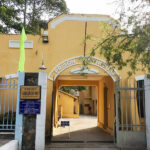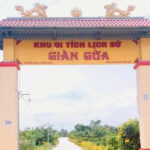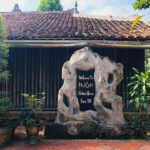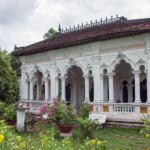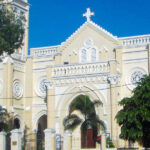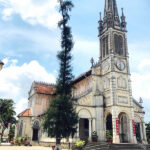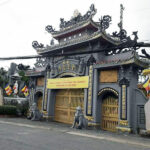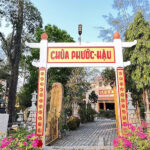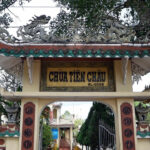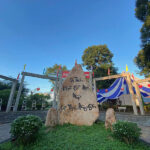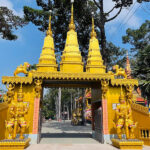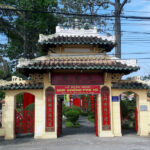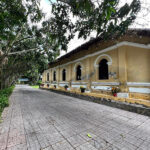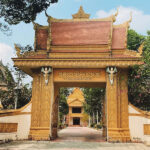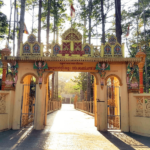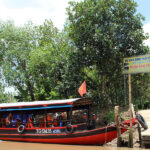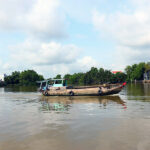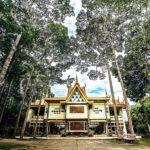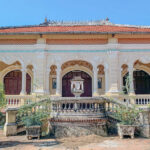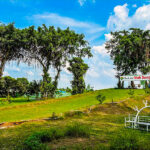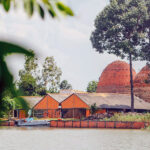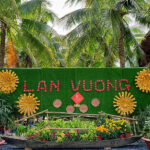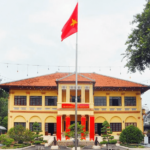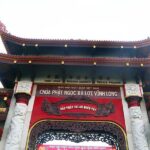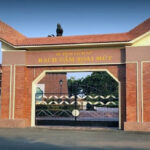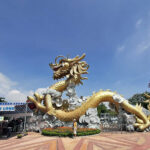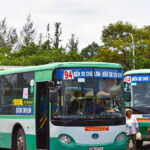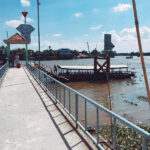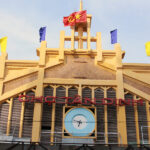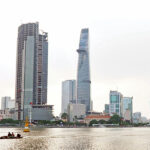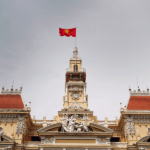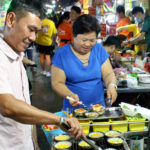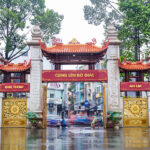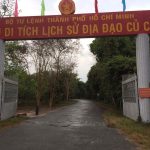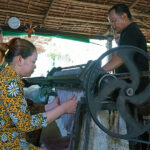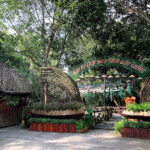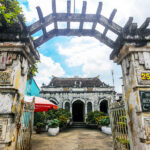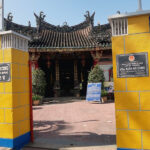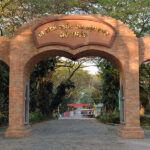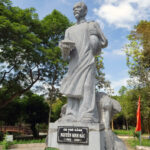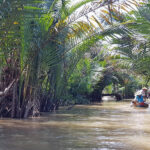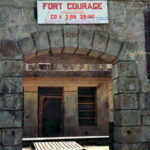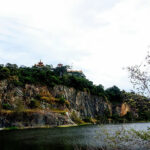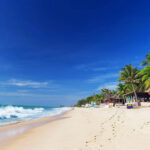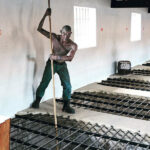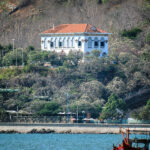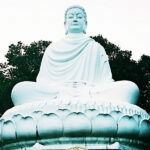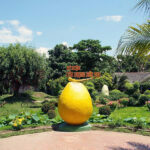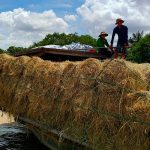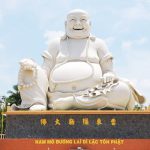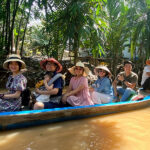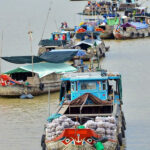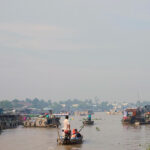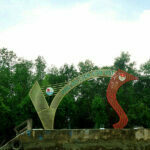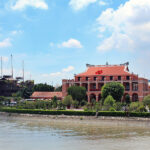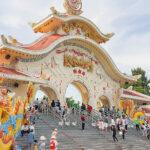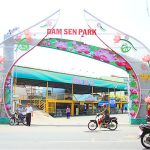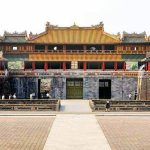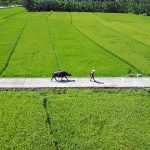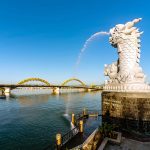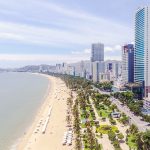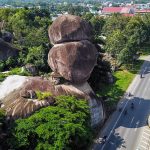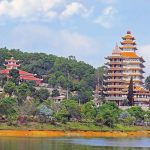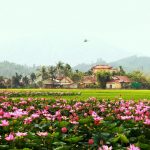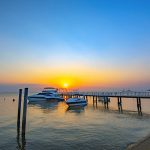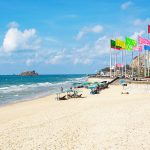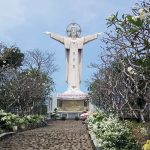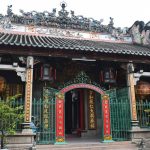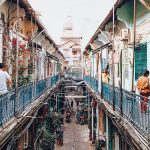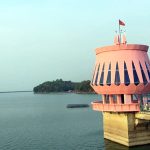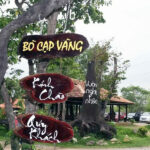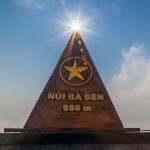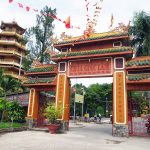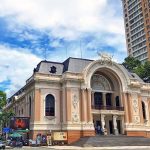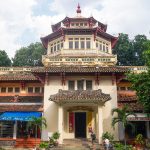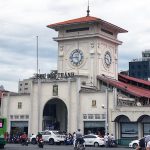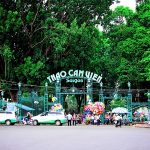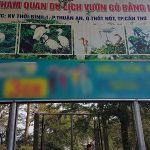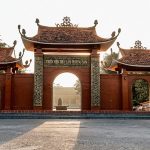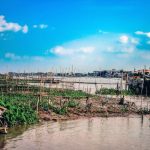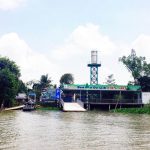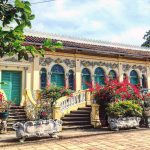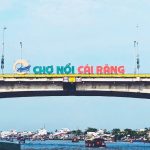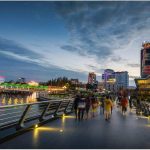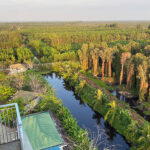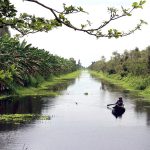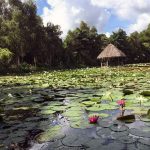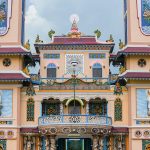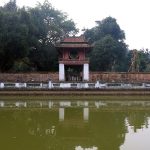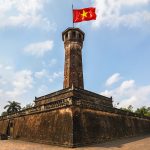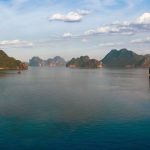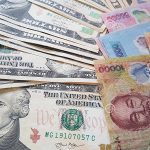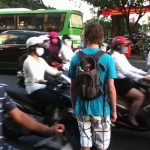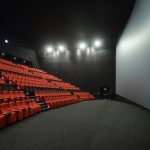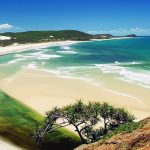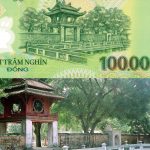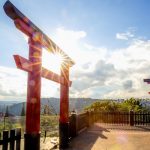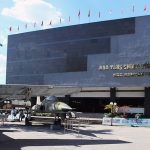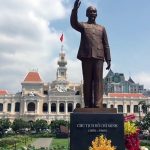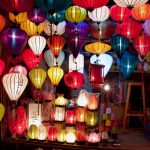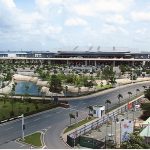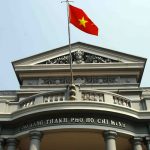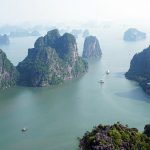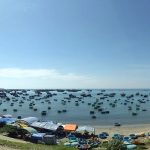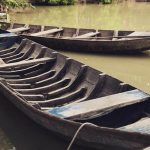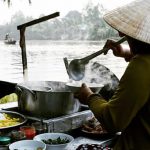Ho Chi Minh city is one of the biggest tourist centers in Vietnam. It is where the heroic resistance against aggressor and the struggling process for independence. Despite its quite recent past, with more than 300 years history, Ho Chi Minh nevertheless possesses numerous interesting buildings, displaying a historical relics and architectural works. And the Independence Palace (Vietnamese: Dinh Độc Lập), is considered not only the symbol of Vietnam’s national independence but also a historical-cultural relic that you should not miss when visiting this city.
Table of Contents
Historical timeline
In 1867, after the French colonialists took over Six Provinces of Southern Vietnam, they designed and built a large-scale mansion on Norodom Avenue at that time (now Nam Ky Khoi Nghia Street). The mansion was built as a residence for the Governor of Cochinchina La Grandière, replacing the old palace located on Catinat street at that time (now Dong Khoi street).
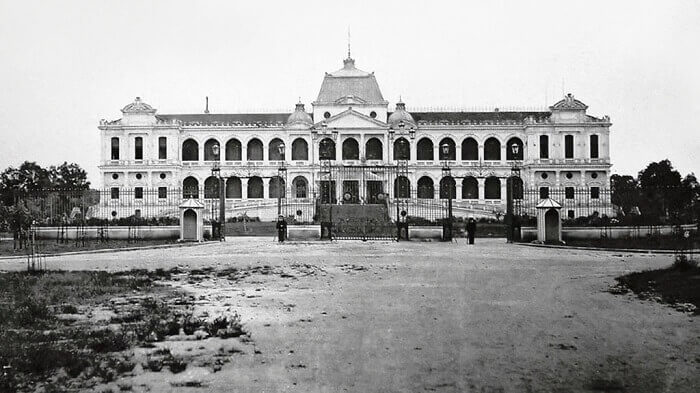
In February 1868, construction officially began under the supervision of architect Achille Antoine Hermite. By 1871, the Palace was officially completed and named Norodom Palace, after the King of Cambodia who ruled in the late 19th century.
In March 1945, Japan entered Vietnam and carried out a coup against France, monopolizing Indochina. Since then, Norodom Palace has become the living and working place of the Japanese ruling government in Vietnam. By September 1945, due to heavy defeat in World War II, Japan withdrew out of Vietnam and Norodom Palace returned to French government.
In May 1954, after France signed the Geneva Accords and withdrew its troops from Vietnam, the French government handed over Norodom Palace to the Saigon government at that time, represented by Prime Minister Ngo Dinh Diem. In October 1955, Ngo Dinh Diem became President, deposed Head of State Bao Dai, officially established the Republic of Vietnam government and changed the name of Norodom Palace to Independence Palace.
In February 1962, a coup took place by pilots of the Republic of Vietnam army, causing the entire main left wing of the Independence Palace to collapse due to bombs. The damage was so severe that it was impossible to rebuild or restore. So in July, President Ngo Dinh Diem razed the old palace and decided to build a new mansion according to the design of architect Ngo Viet Thu.
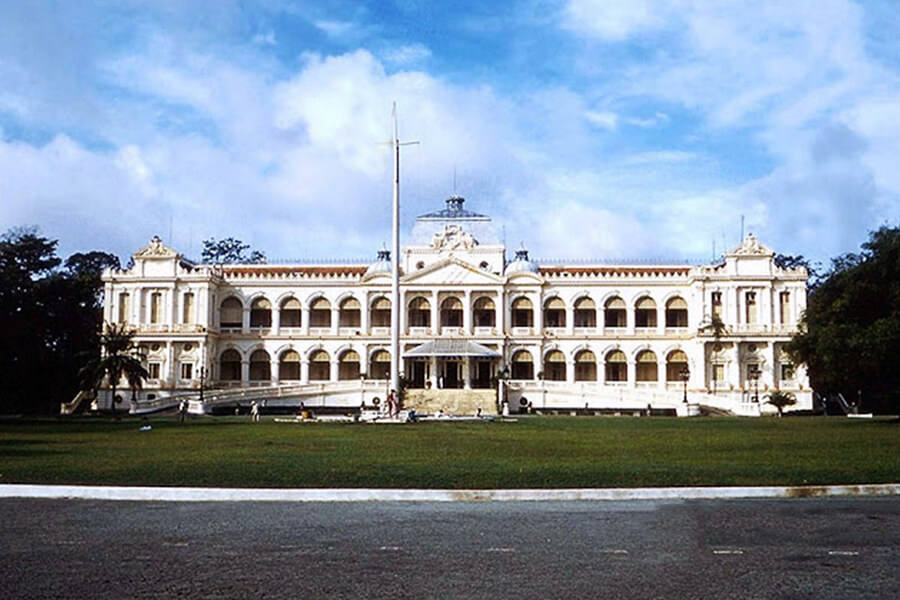
A picture of Independence Palace took during Republic of Vietnam
In November 1963, when the Independence Palace was under construction, President Ngo Dinh Diem was assassinated. Therefore, the process of building the Palace was longer than expected, until October 1966 it was officially inaugurated. The person taking over this project is Chairman of the National Leadership Committee of the Republic of Vietnam Nguyen Van Thieu.
From its inception to April 1975, the Independence Palace was the living and working place of the government apparatus of the Republic of Vietnam.
On April 30, 1975, after the Ho Chi Minh campaign completely won and unified the country, the Independence Palace became a historical and cultural relic and was opened to visitors.
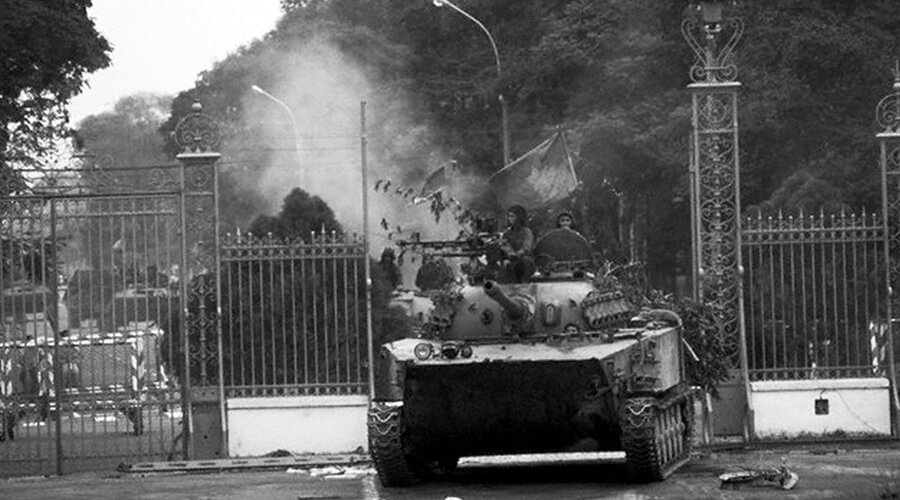
The first of North Vietnamese Army tank broke through the gates of Independence Palace on April 30, 1975.
The new palace has 26m high, located on a 12ha campus, with an area of about 4500m2. In particular, the usable area is up to 20,000m2 with 3 main floors, 2 mezzanines, foundation floors, 2 basements, 1 terrace used to park helicopters.
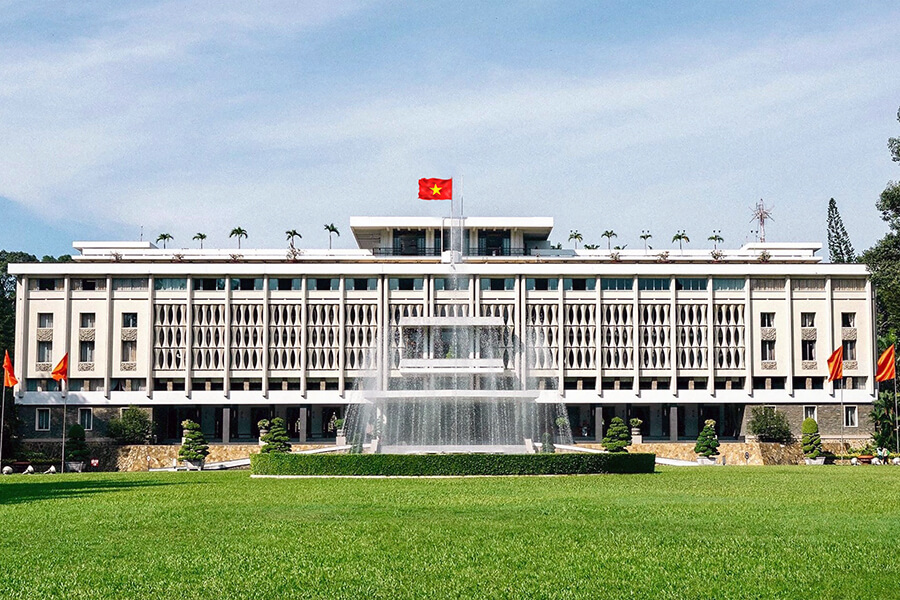
Unique Independence Palace design, the entire Palace has more than 100 rooms decorated in many different styles to suit each purpose of use. Up to now, this is still a project bearing a strong architectural mark, affirming the talent and ingenuity of the architect as well as the builders.
Other names of Independence Palace
Independence Palace is also known by many different names, let’s learn about milestone events such as:
- In 1871, after construction was completed, the Palace was named Norodom Palace.
- From 1871 – 1887, it was called the Governor’s Palace of Cochinchina.
- From 1887 – 1945, this place was renamed the Governor General’s Palace.
- Around 1955, Ngo Dinh Diem – President of the Republic of Vietnam decided to change the name of the Governor General’s Palace to Independence Palace, and this name also exists until today.
What’s we can see the Independence Palace?
From the main gate of the Independence Palace, everyone can see an oval lawn in front of the yard and the “signature” fountain. However, there is still a place to relax within the Palace grounds that many people may not have noticed. That is a small path under the green canopy leading to the octagonal house on the Independence Palace campus.
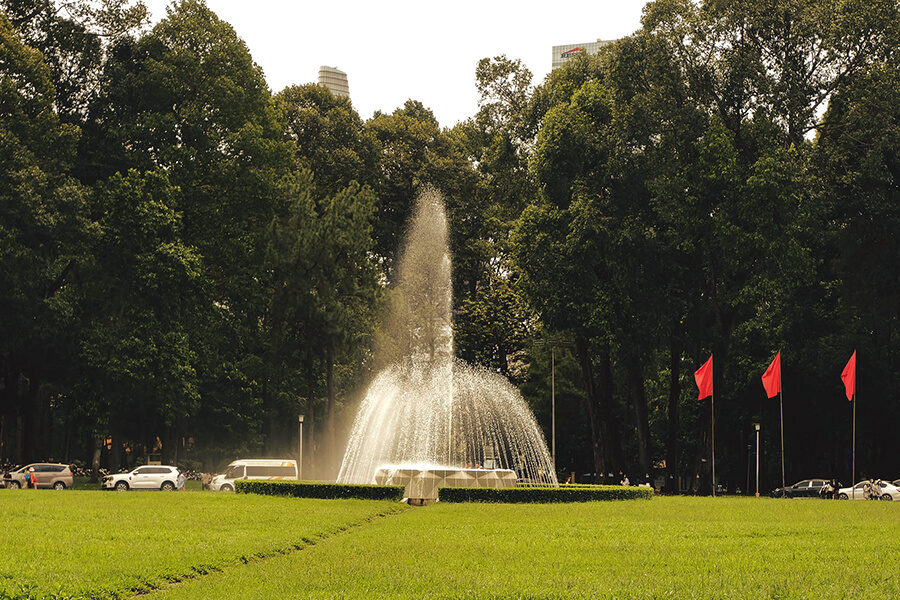
In the direction of the left campus of the Palace at the corner of Nguyen Thi Minh Khai – Nam Ky Khoi Nghia street, visitors will see an octagonal house with a diameter of 4 meters, built on a high mound of land, surrounded by no walls of the same class, the ancient curved tile roof suitable for a place to cool off and relax.
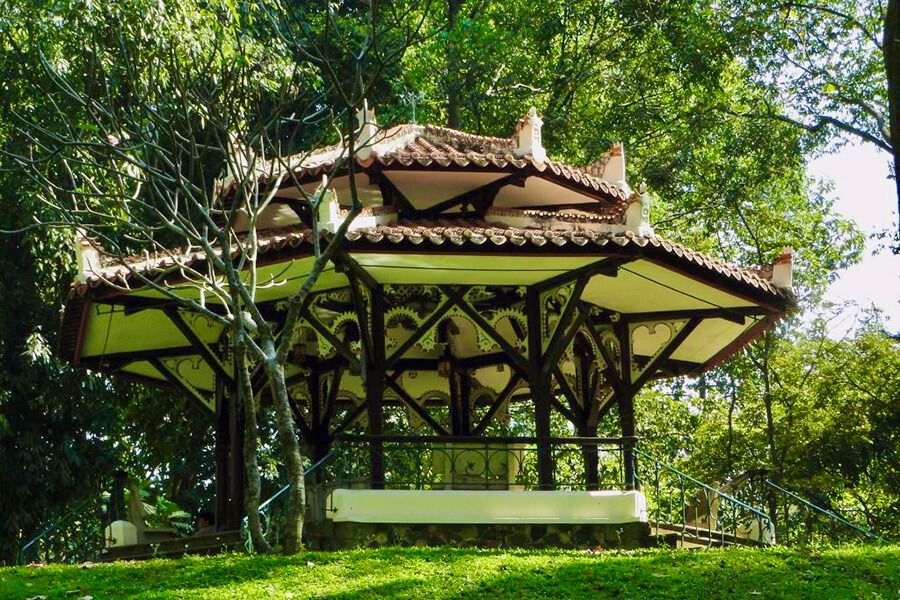
The octagonal house in Independence Palace
Sitting on a windy octagonal hill, in the middle of a lush green garden, you will feel the stillness and peace when immersing yourself in nature, blending into it with a familiar, close, rustic but also very familiar feeling delicate.
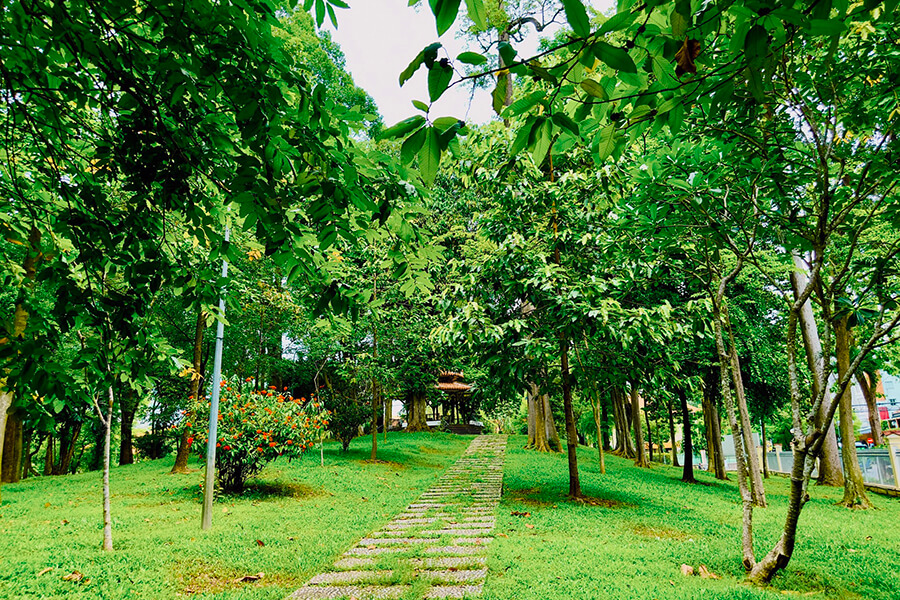
The exhibit “From Norodom Palace to Independence Palace 1868-1966”
The exhibition held in a two-storey house built during the French period located within the grounds of the Independence Palace historical site (gate 106 Nguyen Du, Ben Thanh ward, District 1, Ho Chi Minh City).
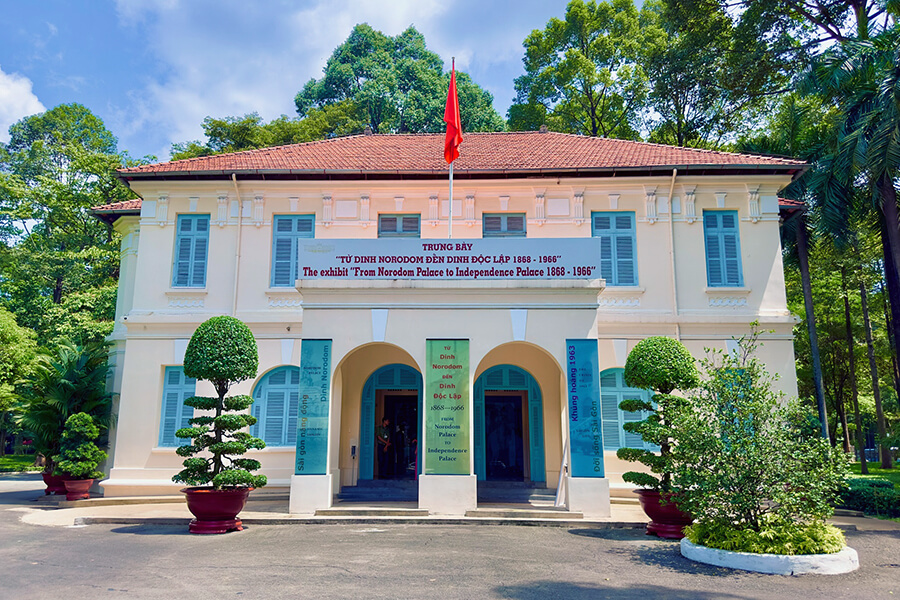
With rich sources of documents from the national archives of Vietnam, the US and France, “From Norodom Palace to Independence Palace 1868-1966” is an impressive display from design ideas to presentation and transmission content to visitors using modern technology, including topics:
- Construction of Saigon urban area during the colonial period
- Norodom Palace
- Faces of Saigon
- Saigon is dynamic
- Family rule
- The battle for power in Saigon
- Saigon life
- 1962 coup bombing
- Crisis of 1963
- Construction of the new Independence Palace.
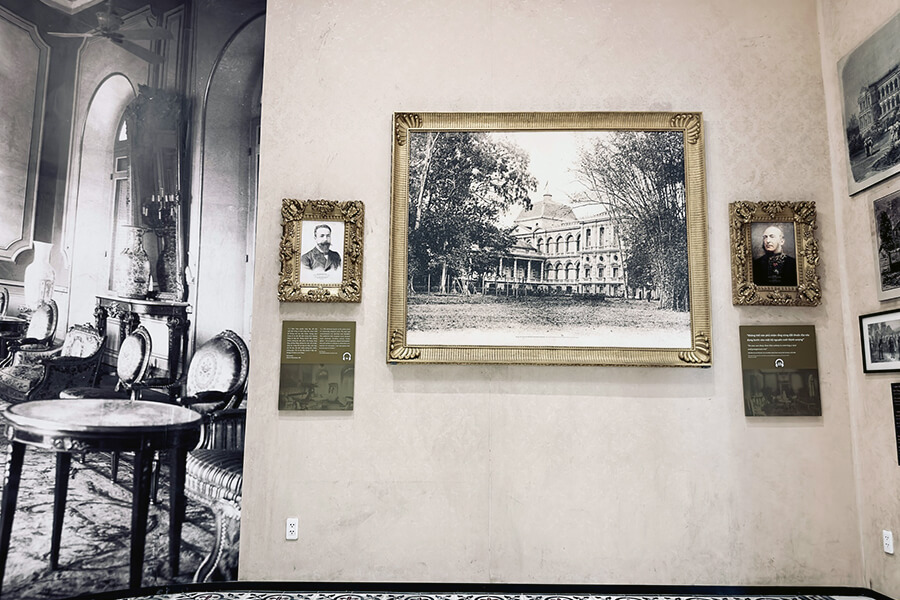
At each display theme, visitors can have beautiful photography angles from the context of the old Saigon story. In addition to vivid interpretation, a multi-dimensional view of historical events, stories and contexts plus visitors can watch, listen and interact to explore history and experience for themselves helps bring interesting and attractive to those who love history and those who want to take beautiful photos in this interesting and useful space.
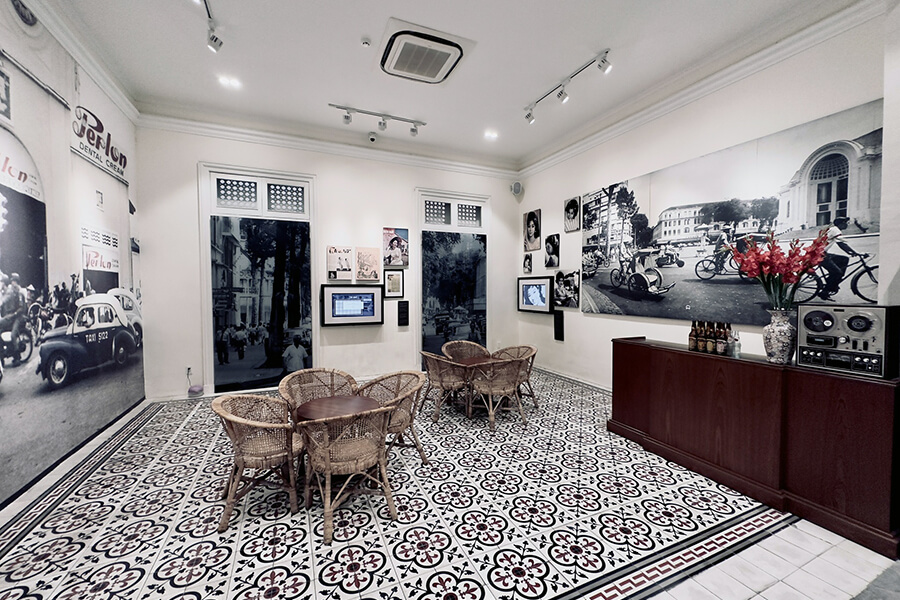
Interior of the Independence Palace
Inside the Palace there are more than 100 meticulously decorated rooms. Some special rooms include: Ambassadors chamber, Vice President’s office, President and Vice President’s bedroom, cabinet room, library, banquet room, entertainment room, movie room…
The meeting room is the largest area of the entire Independence Palace, located right on the ground floor of the Palace. With a capacity of up to 500 people at the same time.
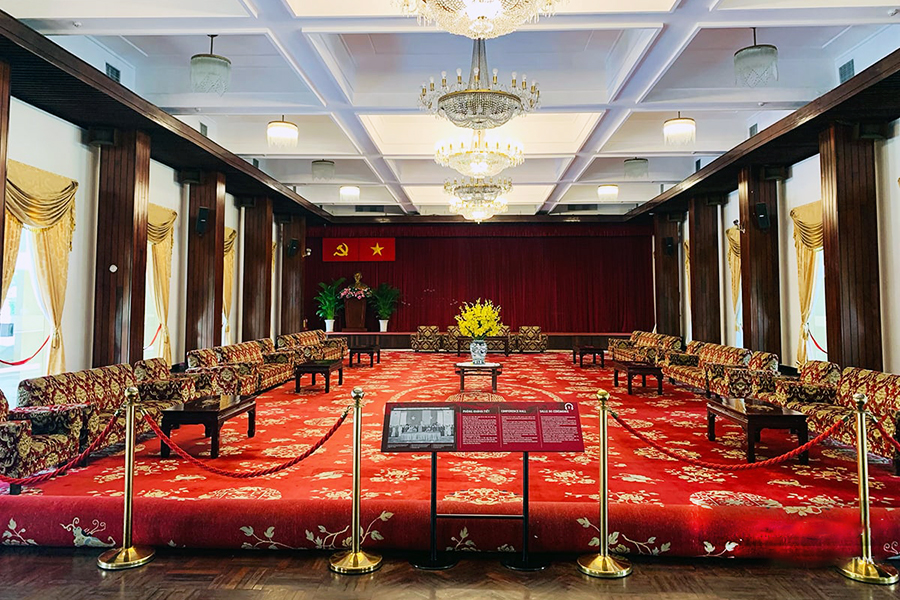
Red is the main color that means luck and power, adding solemnity to the whole space. This is where meetings and conferences as well as the most important events of the Republic of Vietnam government at that time took place.
This is the room where President Nguyen Van Thieu receives ambassadors from other countries to present their credentials.
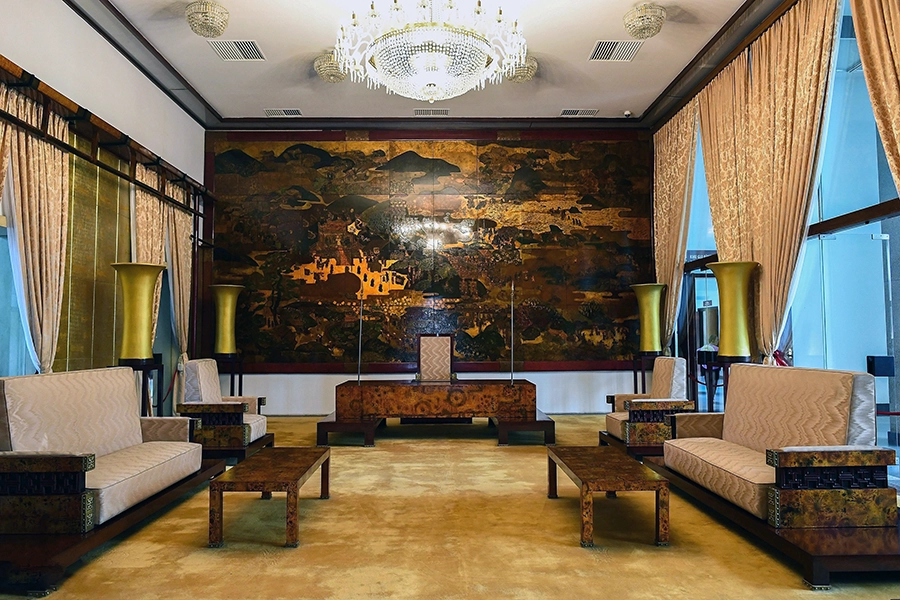
The interior was done by artist Nguyen Van Minh in Japanese style. The highlight is the lacquer painting called “Binh Ngo Dai Cao” composed of 40 panels, depicting the peaceful life of Vietnamese people in the 15th century.
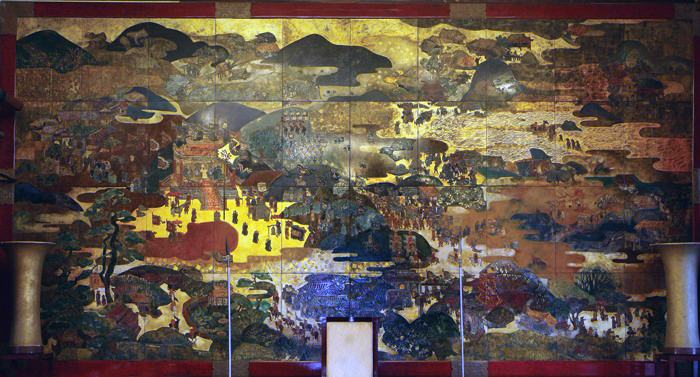
The author of this painting is artist Nguyen Van Minh
It can be said that this is the largest painting of Vietnamese lacquer art, up to 14m long, 9m high, assembled from 40 small-sized lacquer paintings, each 0.8m x 1.2m. The details in the painting are dense, there are about 15 daily scenes appearing on the painting. Among them, is the majesty of the Le court, the spirit of the heroic victorious army on the way to the capital to attend festivals; and the jubilant look of the fields; mountains and rivers; of the farmers who had just escaped the yoke of the Ming invaders.
The cabinet room is where regular cabinet meetings take place between President Thieu and his cabinet members.
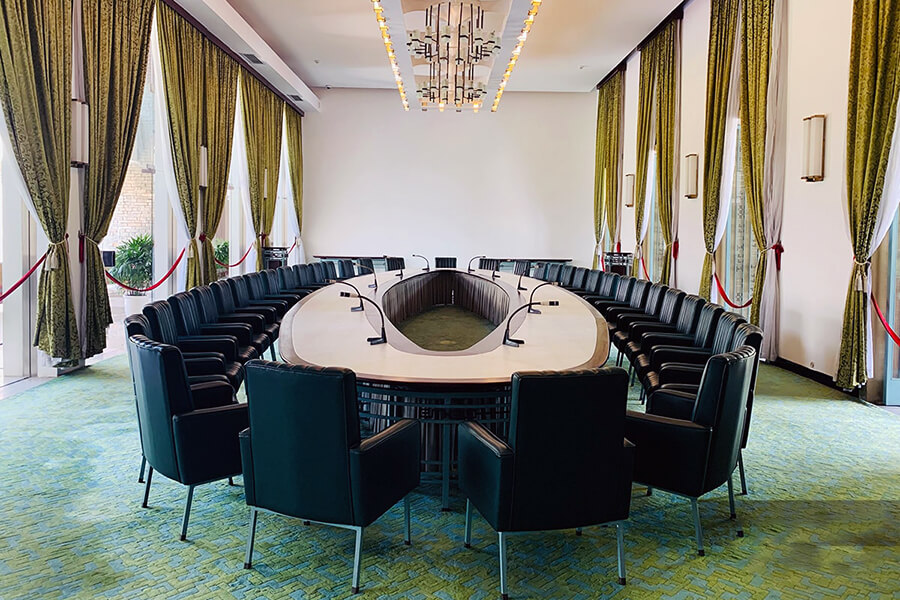
Green is the main color of the whole room. From the curtains to the carpet and upholstery, all are green to create a comfortable atmosphere.
Opposite the cabinet room is the banquet room. Just like its name, luxurious banquets take place here to entertain special guests of President Nguyen Van Thieu.
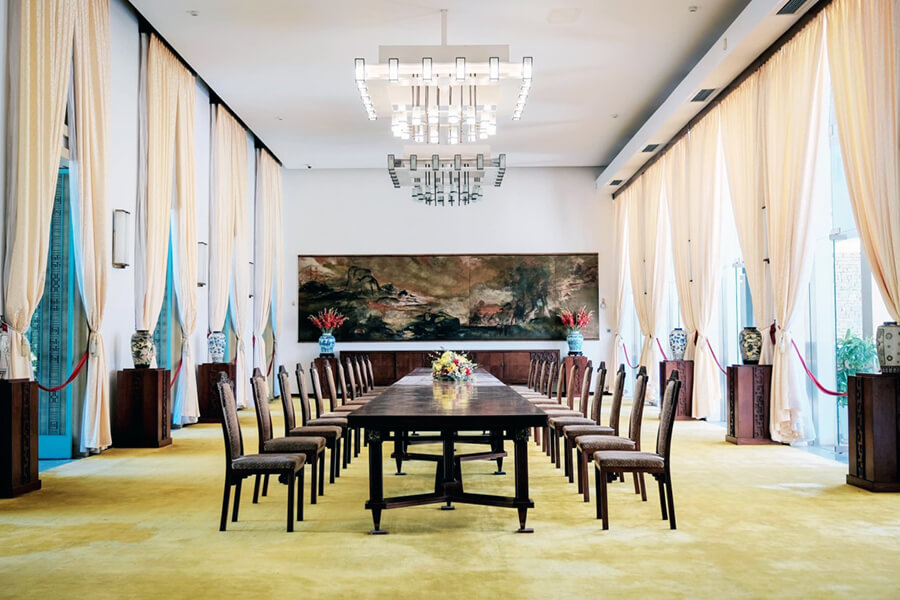
The main color is yellow according to Eastern concept, it has the meaning: yellow is the color of kings, the color of royalty and it helps make the space of the banquet room more luxurious.
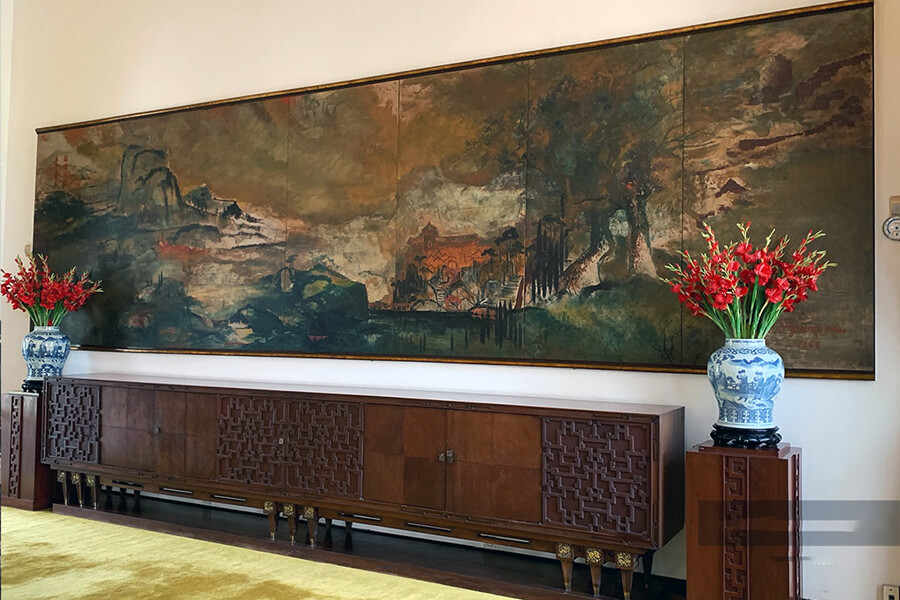
The painting “Son Ha Cam Tu” was painted in 1966 by architect. Ngo Viet Thu, in the banquet room.
Inside the Palace, the room and desk of President of the Republic of Vietnam Nguyen Van Thieu are the places that attract the most visitors. The national document presentation room is beautifully decorated.
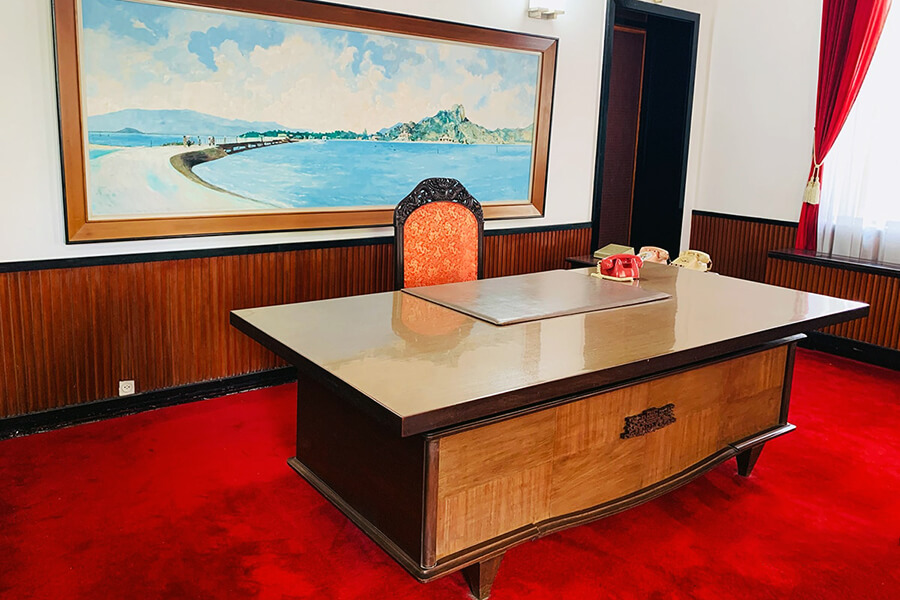
Behind the desk is decorated with an oil painting of artist Pham Co, about Tri Thuy Bridge in the coastal area of Ninh Chu, Phan Rang. This is Mr. Thieu’s hometown.
Below is the office and reception room of Vice President Nguyen Cao Ky, term 1967-1971.
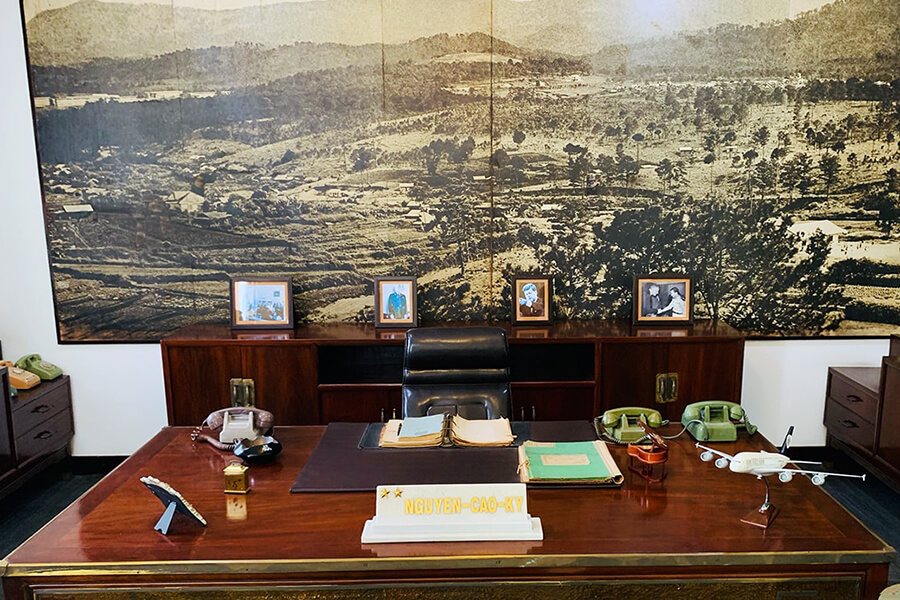
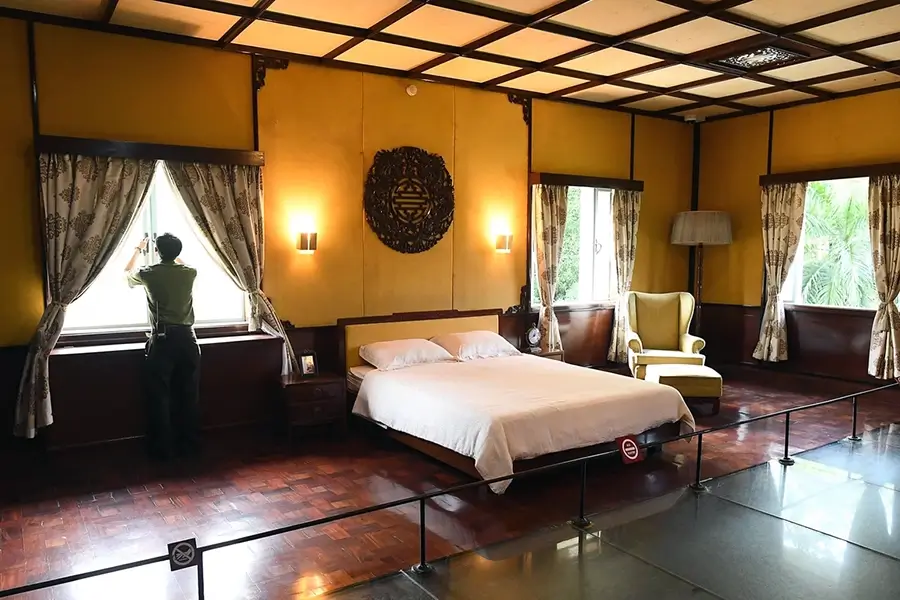
Sleeping room of Mr.Nguyen Cao Ky
The 3rd floor includes an Entertainment Room, many games such as card games, movie theater, eating room… to help leaders relieve stress.
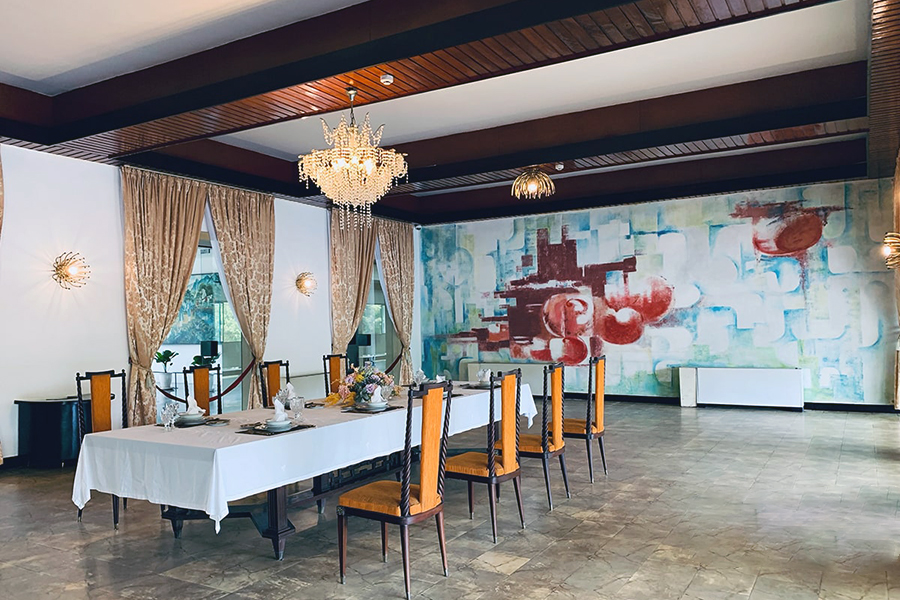
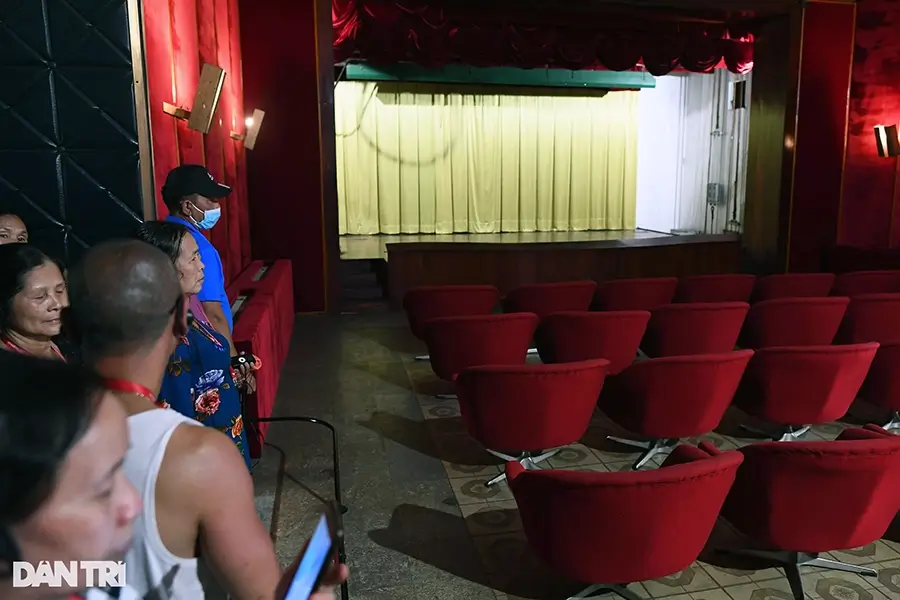
photo source: dantri
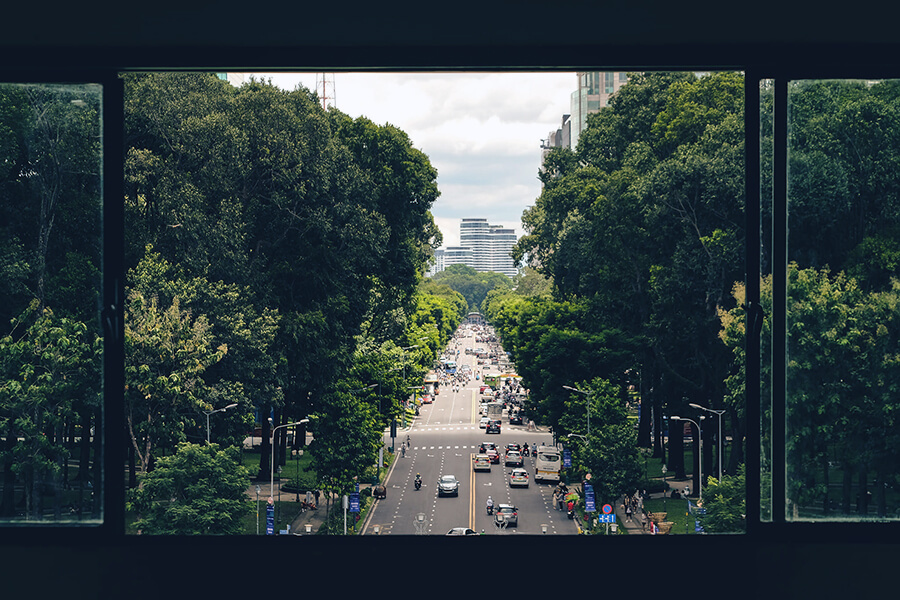
A great view to Le Duan street from the Palace
On the rooftop there is also the presidential UH1 helicopter for transportation used on business trips. Also marked the location of 2 bombs dropped by the pilot and hit right on the roof.
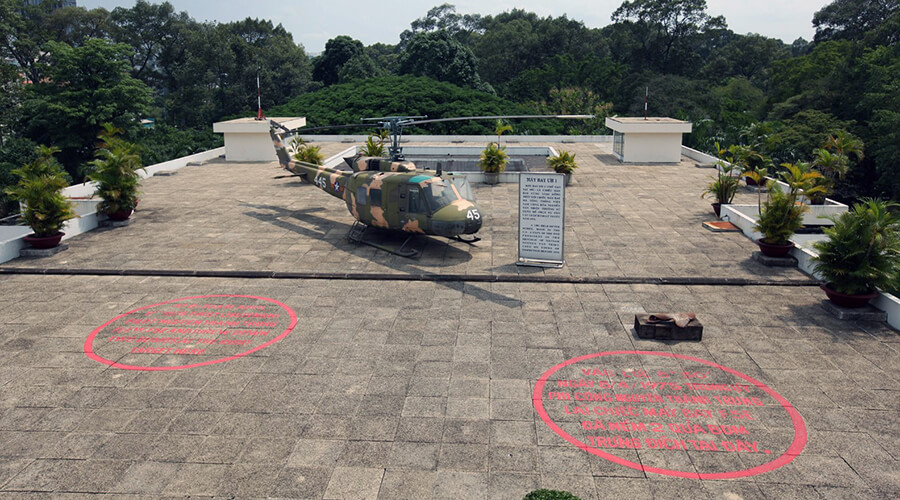
Basement of Independence Palace
The secret bunker of the President of the Republic of Vietnam has 72.5m long and 0.8 to 22.5m wide. The rooms in the tunnel linked by small paths, cast concrete, and 5mm thick armored walls can withstand 500kg bombs. This was the residence and working place of the President of the Republic of Vietnam when attacked.
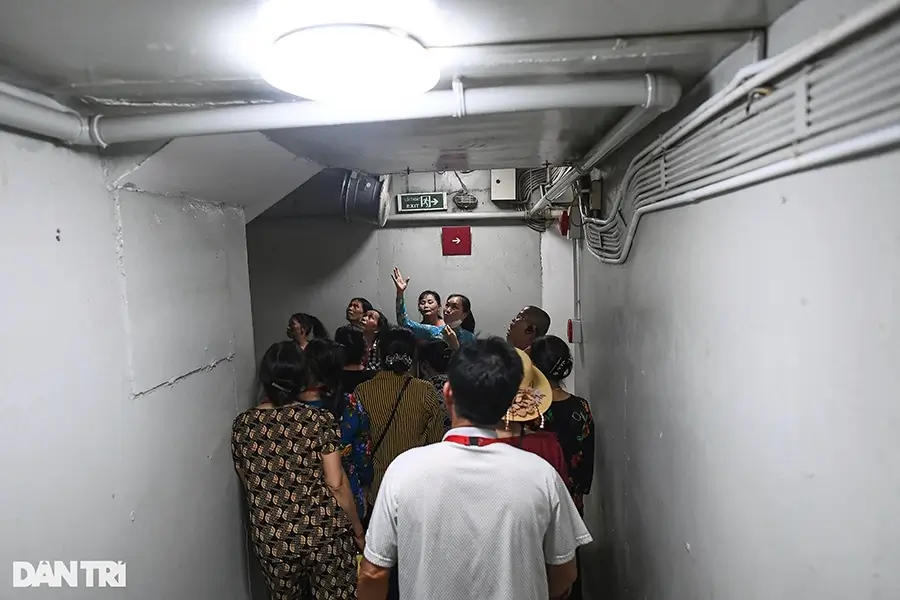
photo source: dantri
A series of maps are arranged around the room so that all plans of combat troops can be monitored from tactical areas.
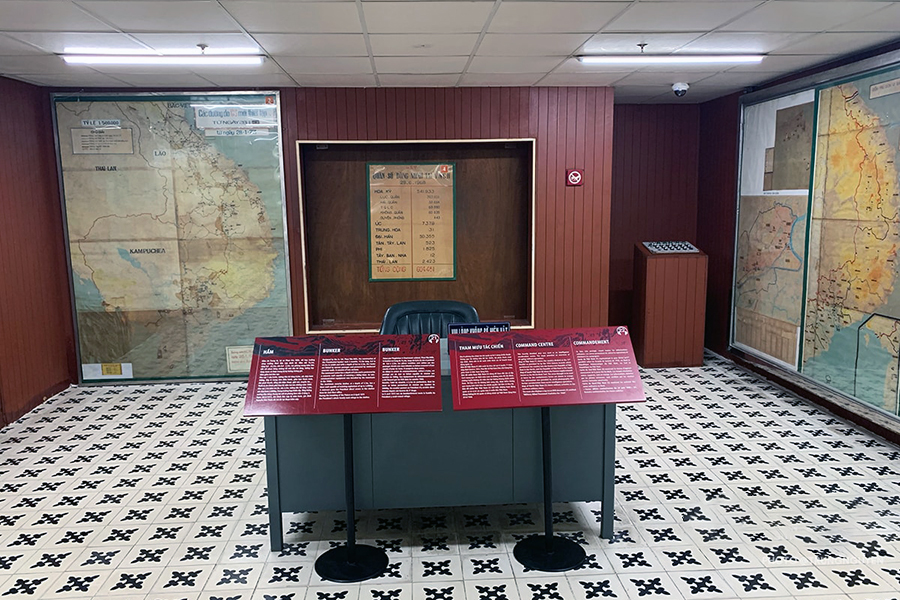
There was a backup radio system which can operate independently when the ground radios damaged. It was also the place for the Republic of Vietnam government to transmit information to the US and allied countries in emergency situations.
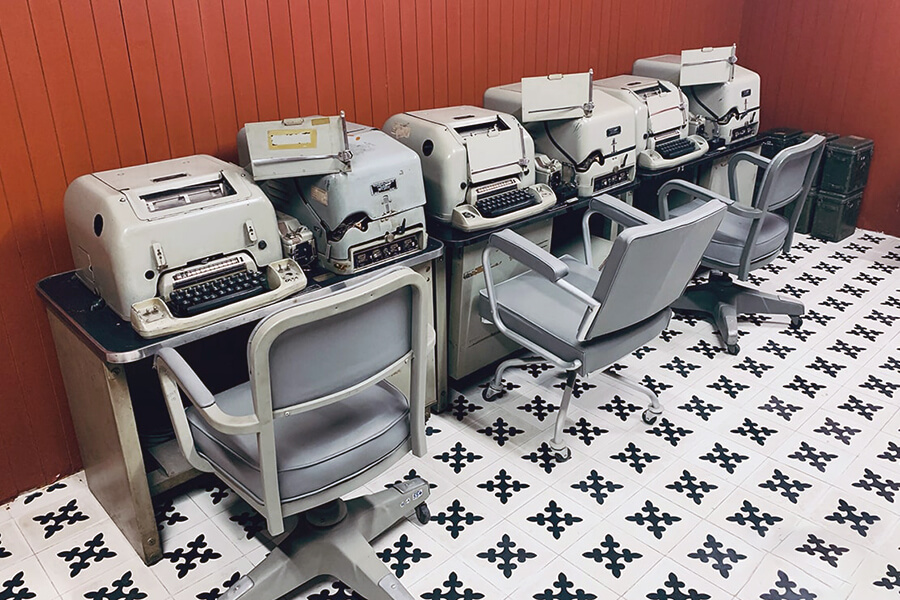
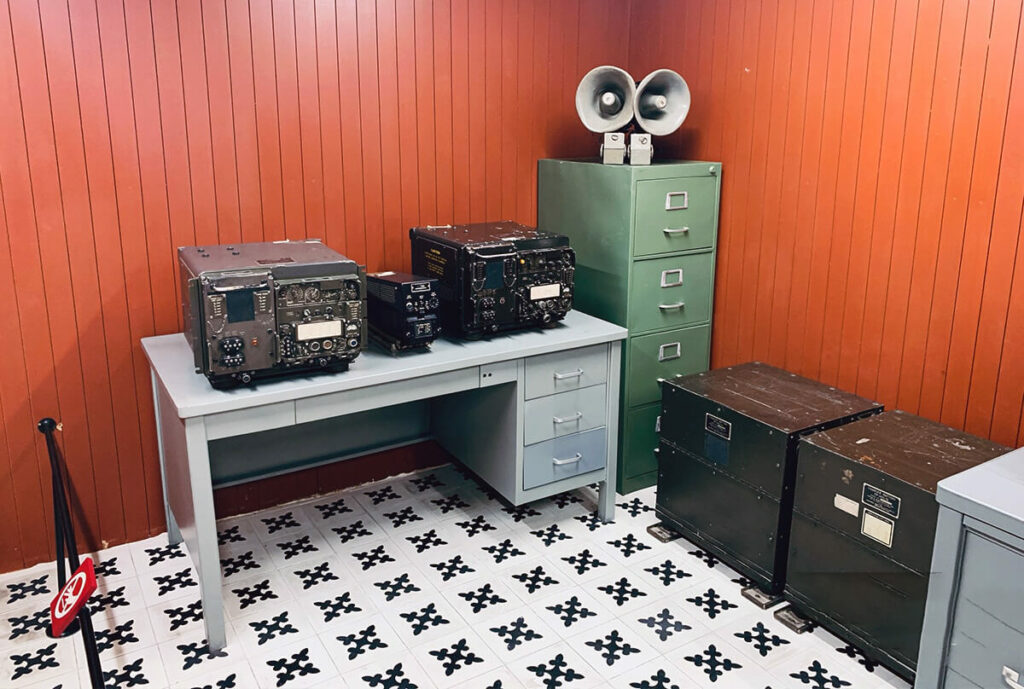
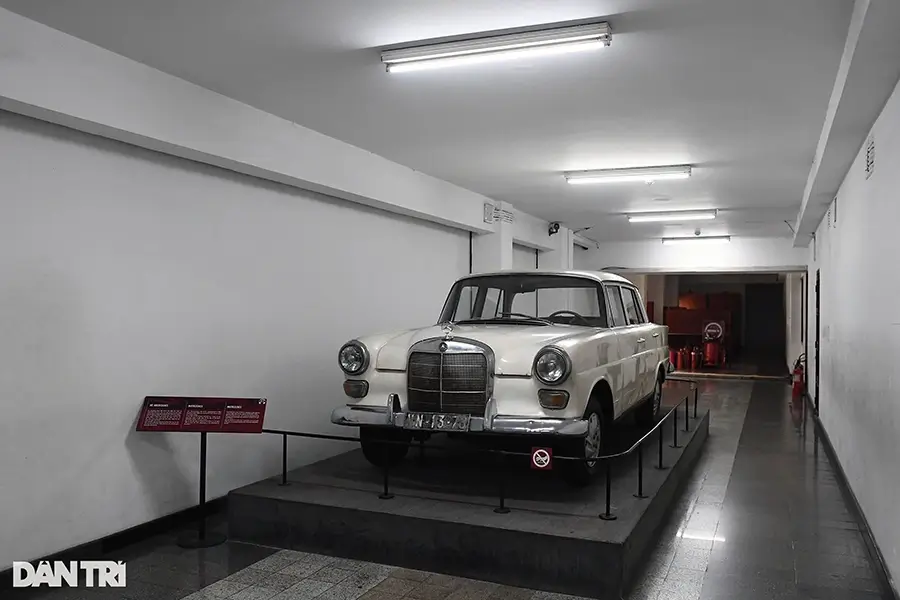
The Mercedes Benz 200 W110 produced in the 1960s was one of the cars that President Nguyen Van Thieu used. (photo source: dantri)
Useful information about Independence Palace
The main gate of the palace is located at 135 Nam Ky Khoi Nghia, District 1, right in the city’s center. Therefore, it very easy to reach here by motorbike, taxi or simply walking.
Independence Palace is open to visitors daily, including weekends and holidays (excepting special occasions).
Entrance ticket and visiting hours
- Hours of ticket: From 8:00 am to 16:00 pm
- Visiting hours: From 8:00 am to 17:30 pm
Ticket price (Valid from January 25th, 2024)
There are 2 types of ticket prices to visit the Independence Palace:
1. Tickets to the Exhibi “From Norodom Palace to Independence Palace 1868 – 1966”
- Adults: 65.000 vnd/person
- Students: 45.000 vnd/person
- Children: 15.000 vnd/person
2. Tickets to visit the main building
- Adults: 40.000 vnd/person
- Students: 20.000 vnd/person
- Children: 10.000 vnd/person
Notes when visiting the Independence Palace
As this is a historical place so when visiting, visitors need to comply with the regulations of the relic site as follows:
- Wear formal clothes.
- Follow the instructions on signs and security guards throughout the tour.
- Do not arbitrarily bring luggage inside the monument.
- Do not bring food or drink into the monument.
- Do not bring animals with you.
- Do not bring weapons, toxic substances, or explosives.
- Visitors will bear full responsibility if they cause any damage to the Palace.
- In addition, this area is very large, you can buy a map of the Independence Palace to conveniently move and visit
The historical value and originality of its architecture make the Independence Palace one of the most interesting sites in Ho Chi Minh City. Vietdream travel is running a daily tour, private tour to visit Independence Palace and another historical side such as War Museum, General Post Office, Notre Dame Cathedral Basilica of Saigon… etc. Do not hesitate to contact us for your booking request or travel advice!
